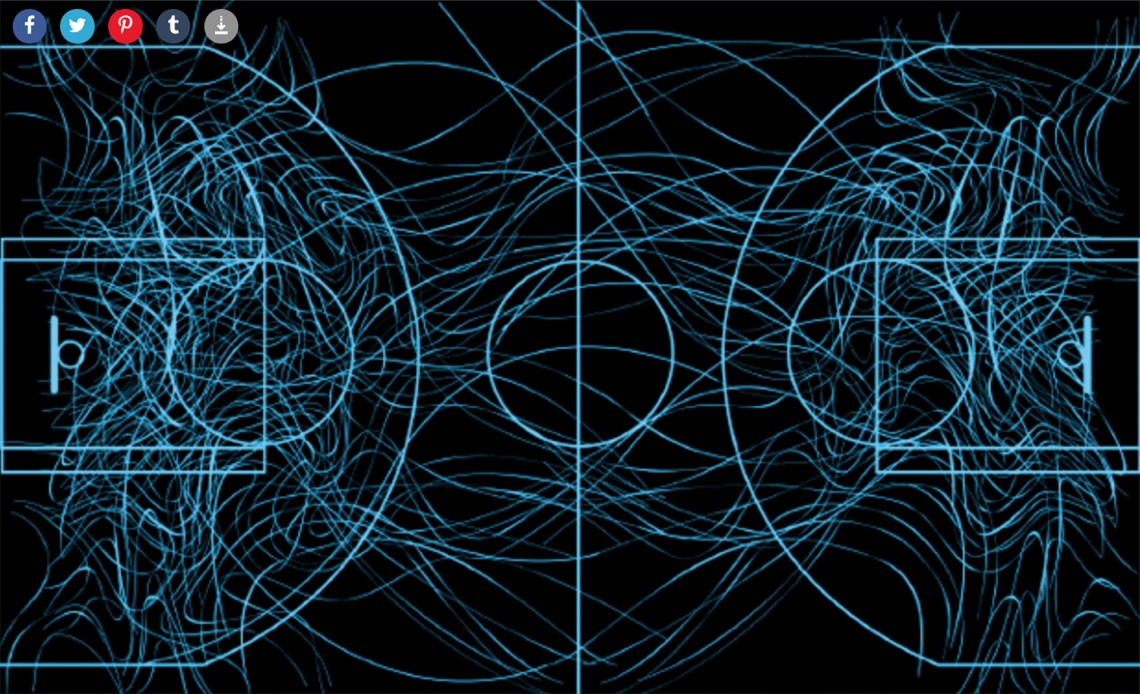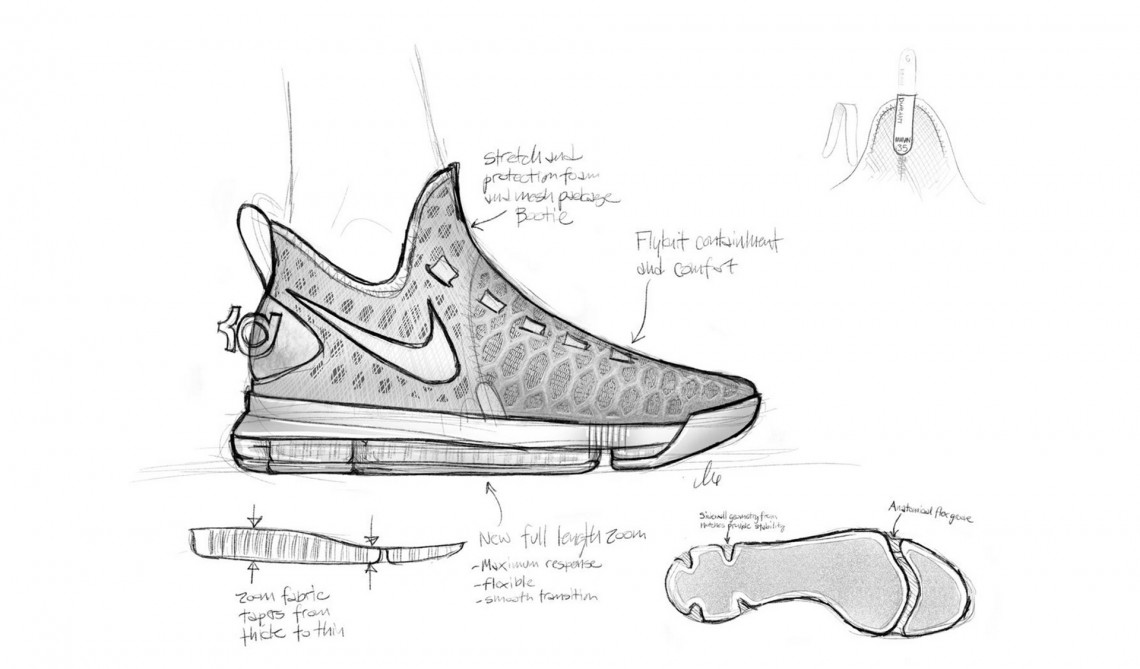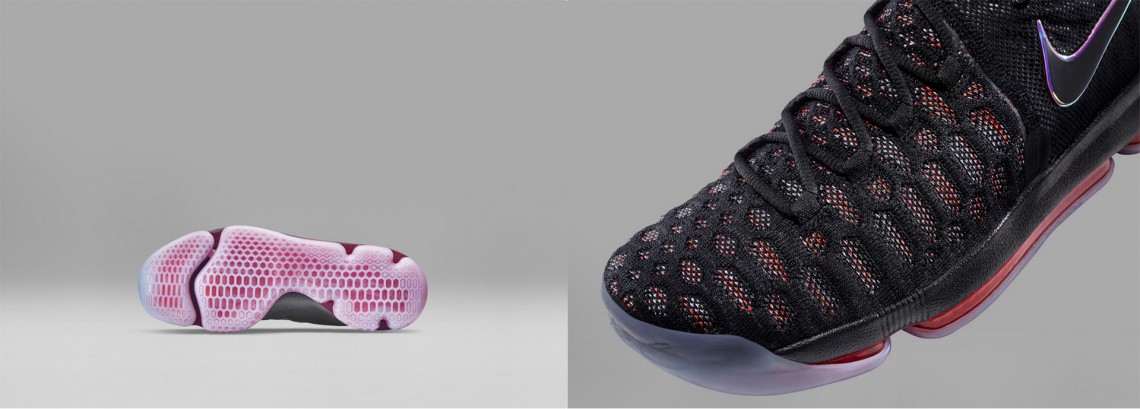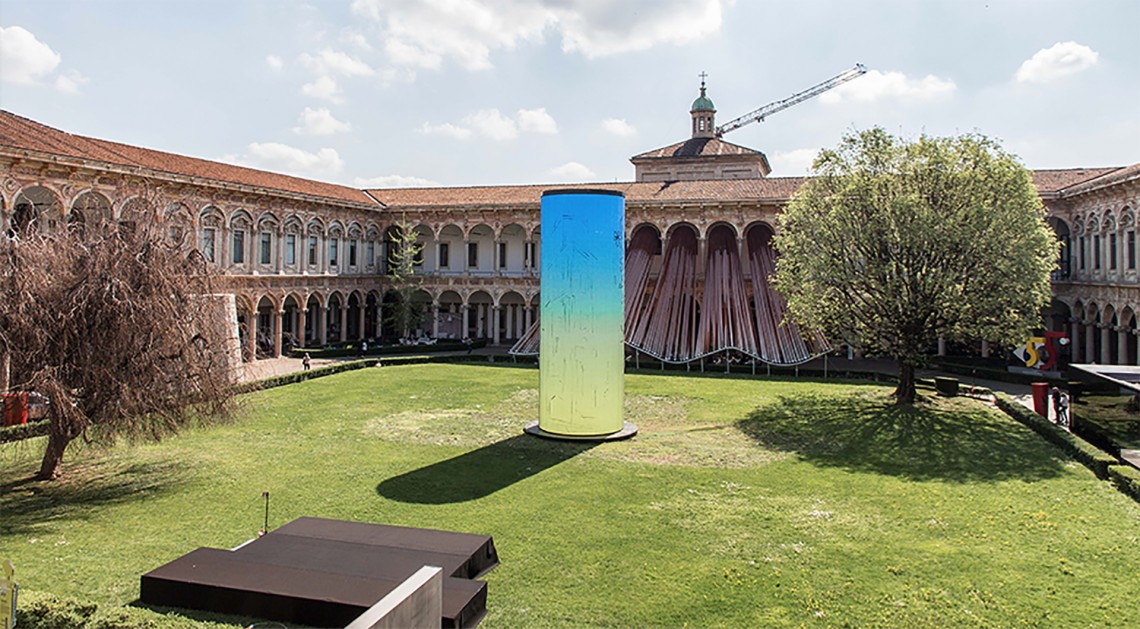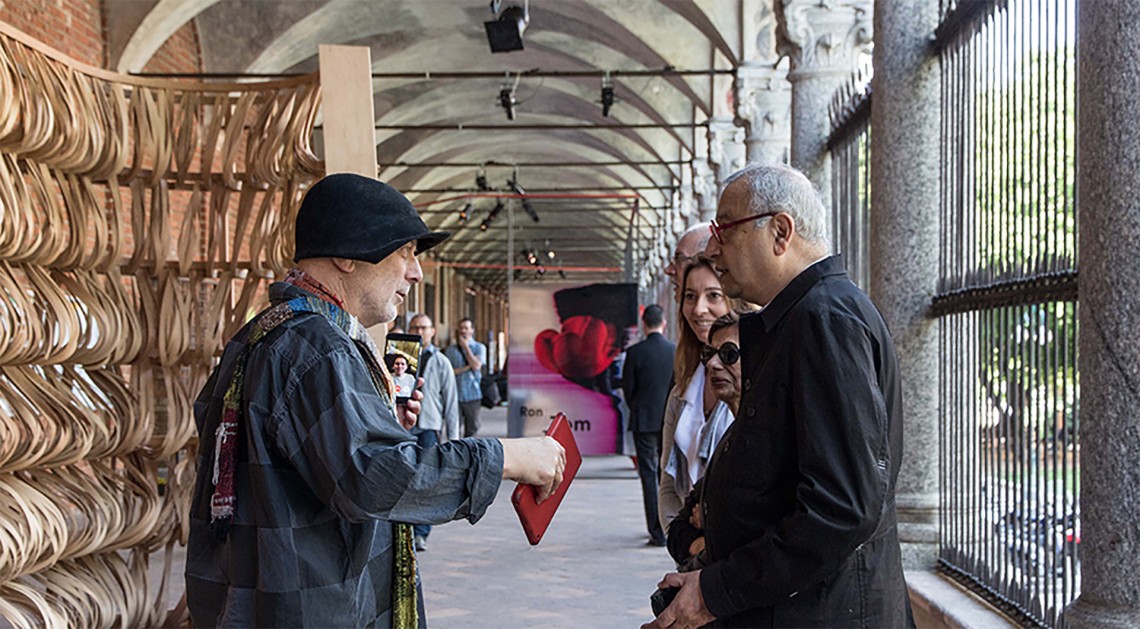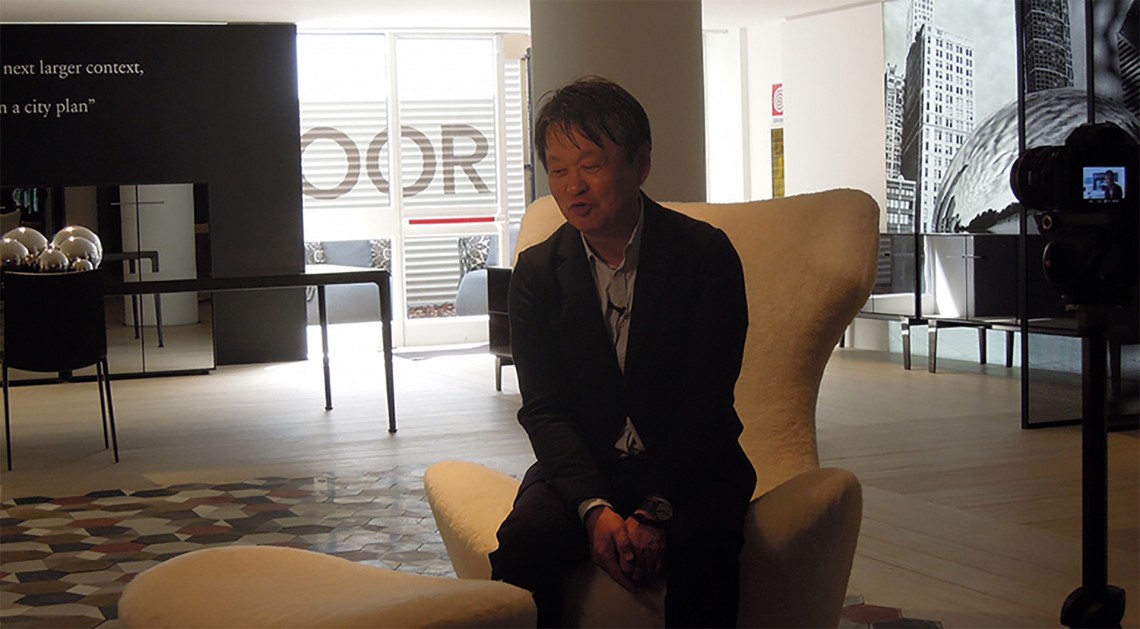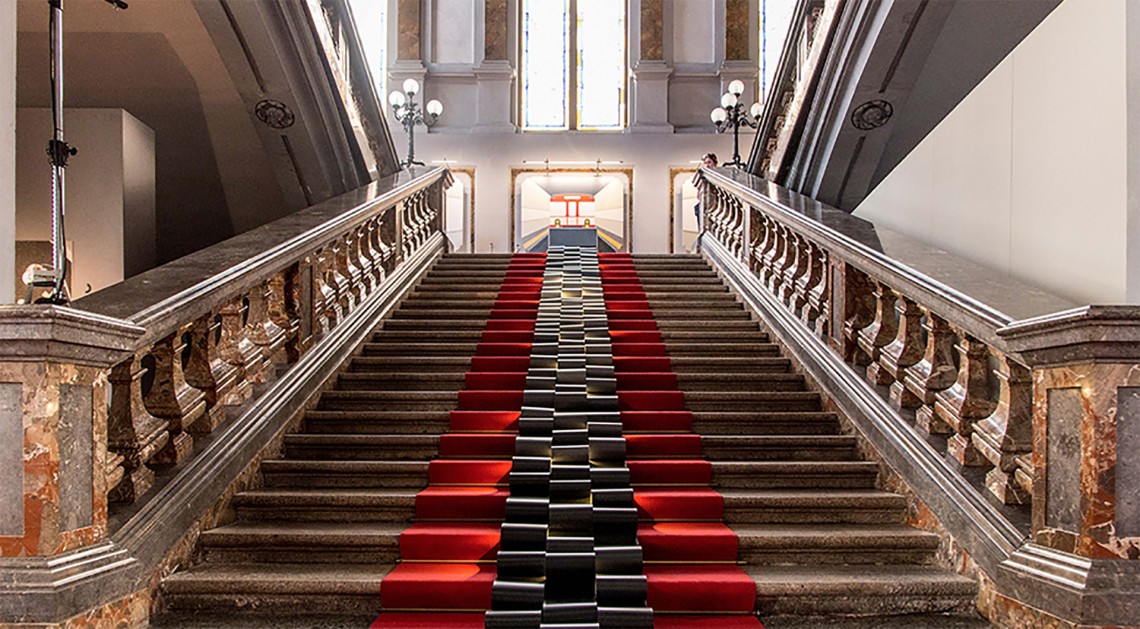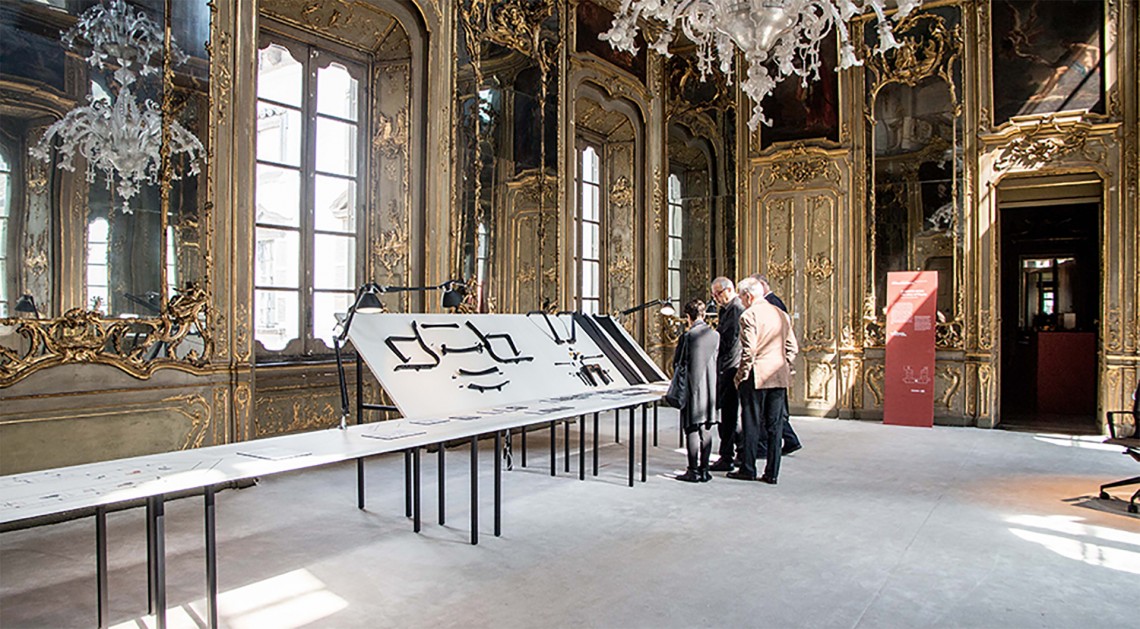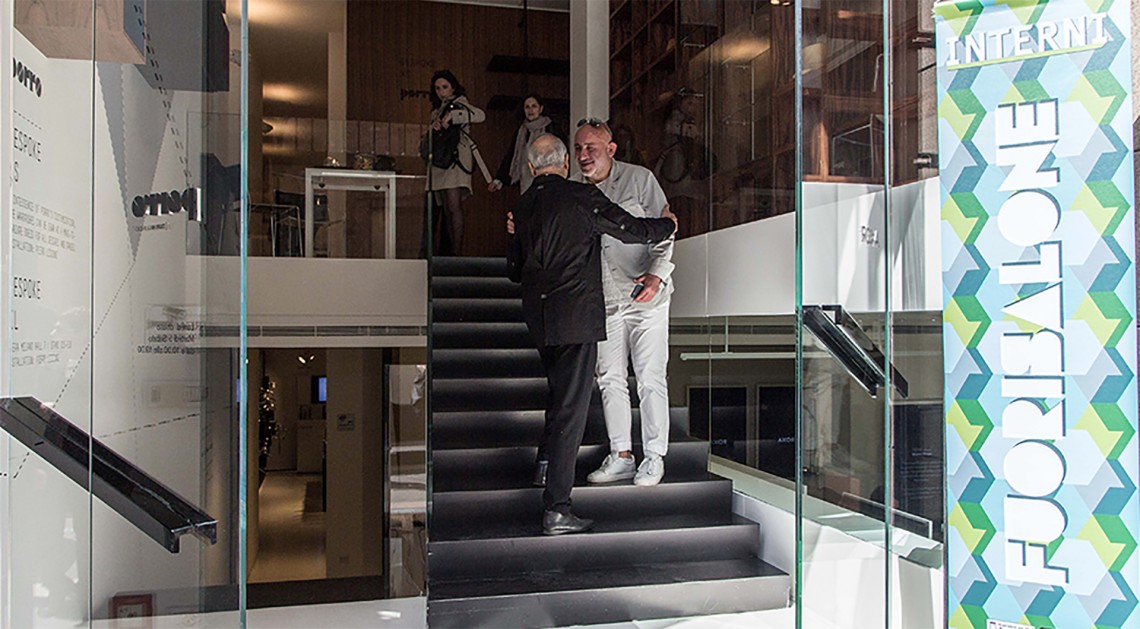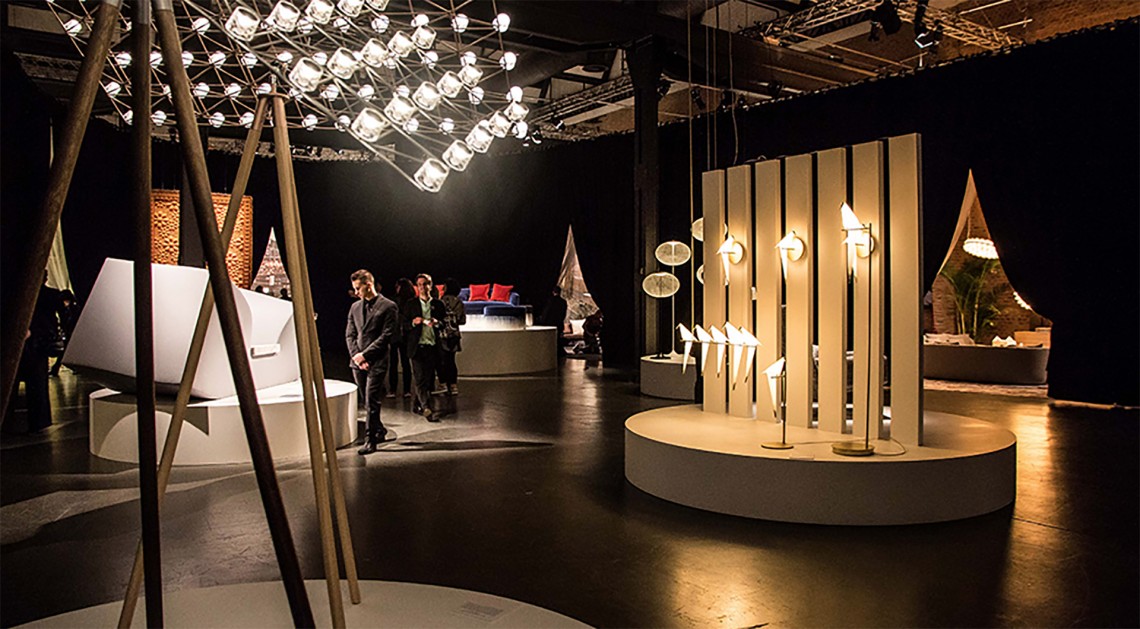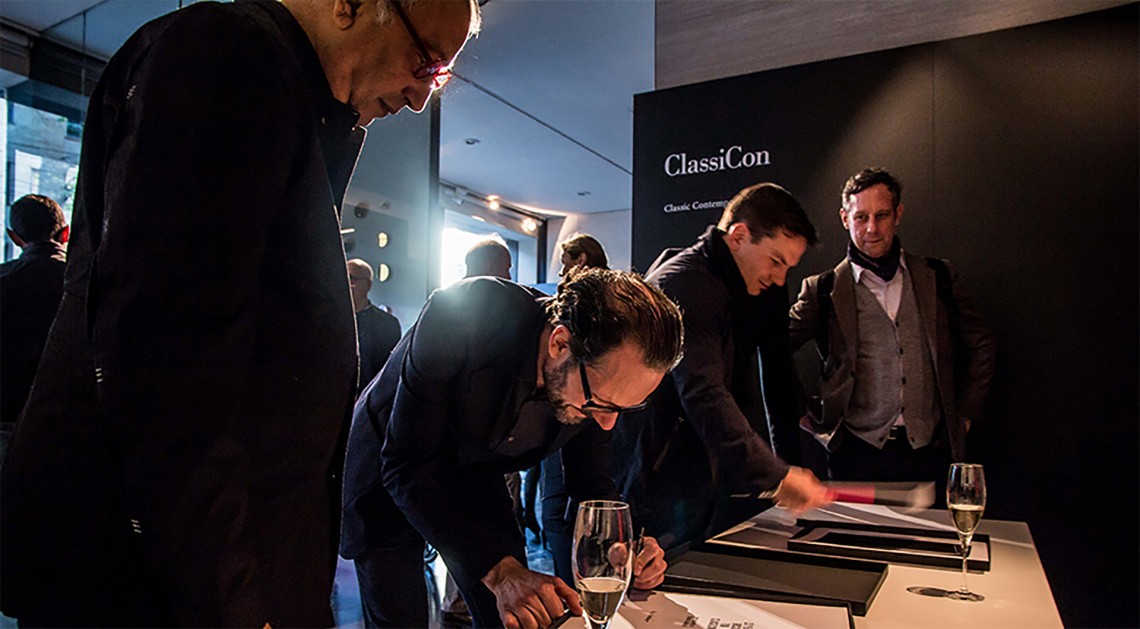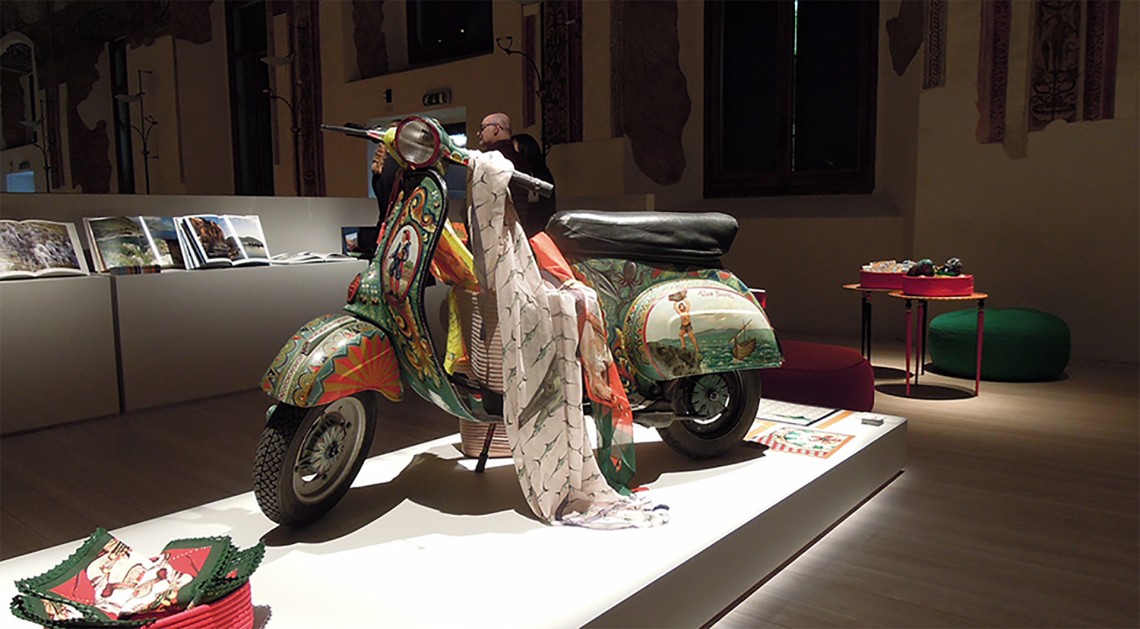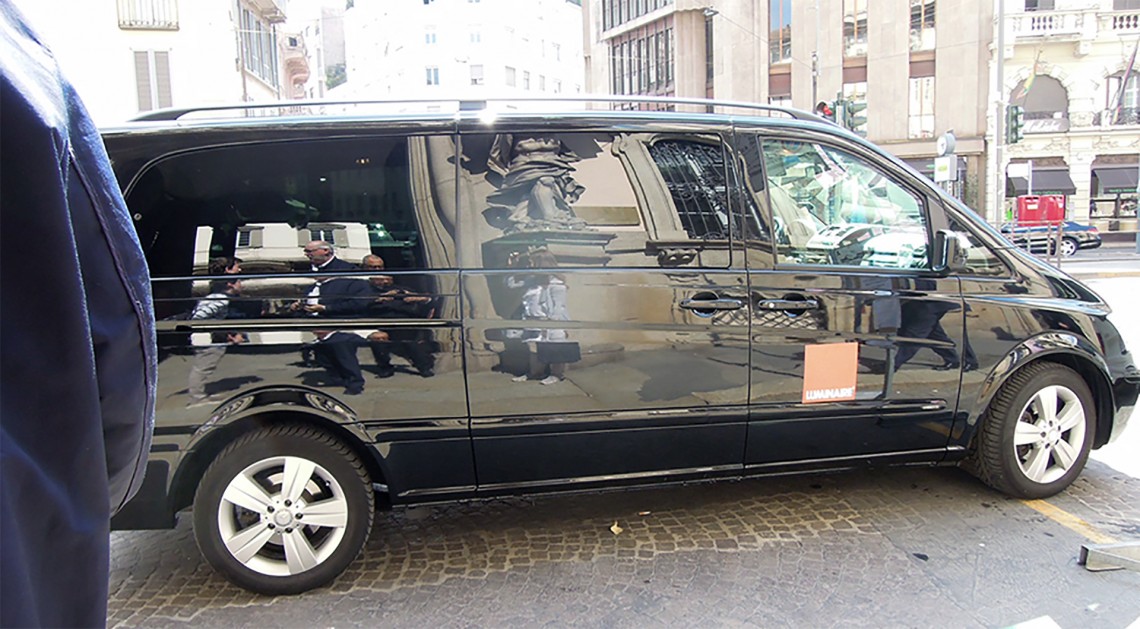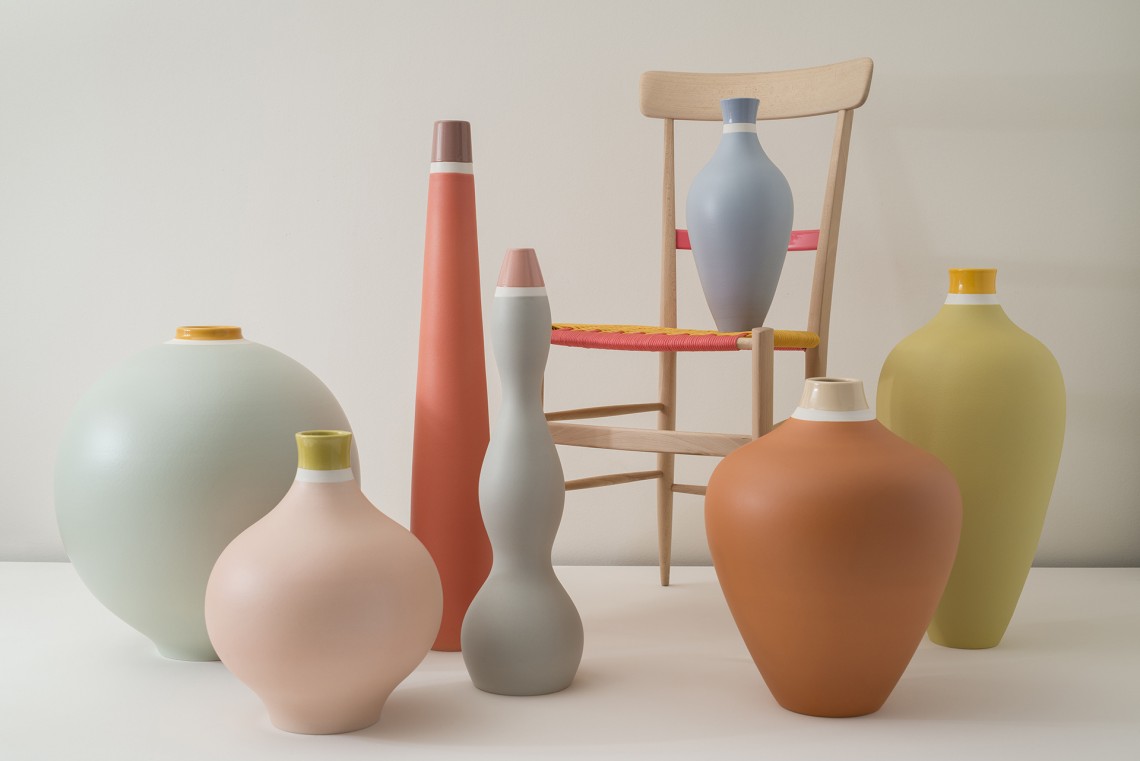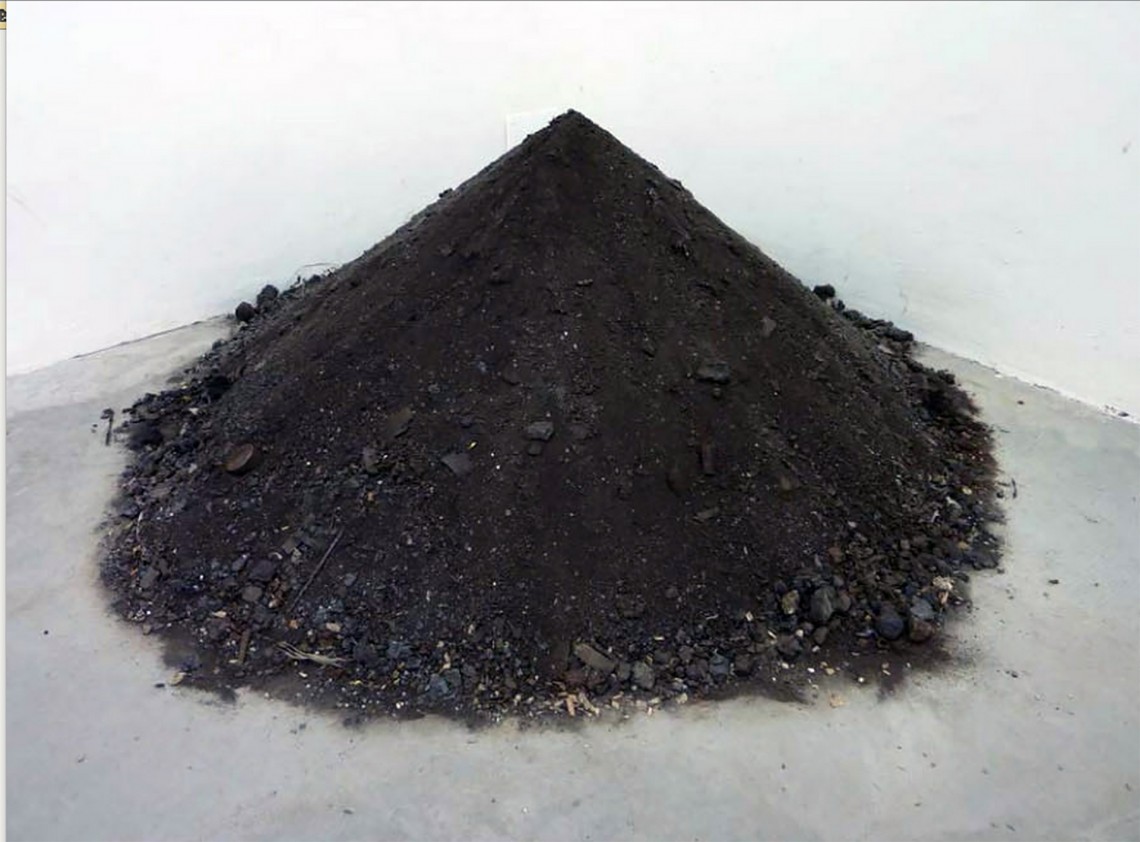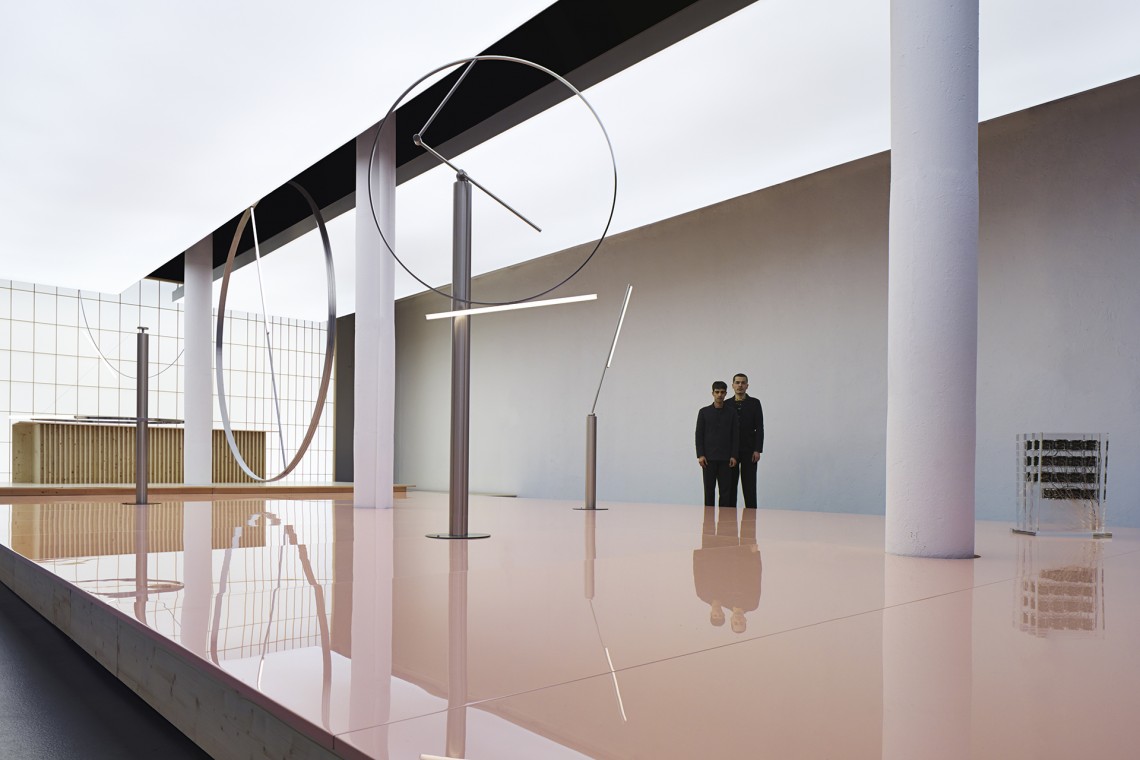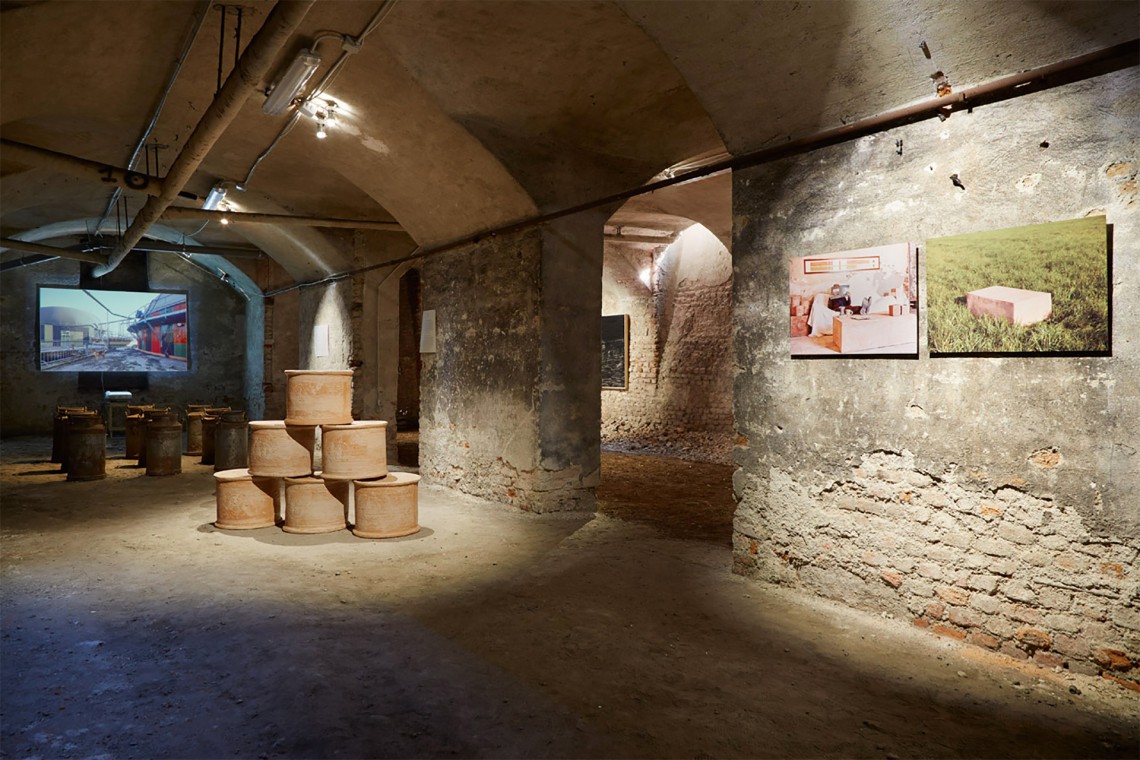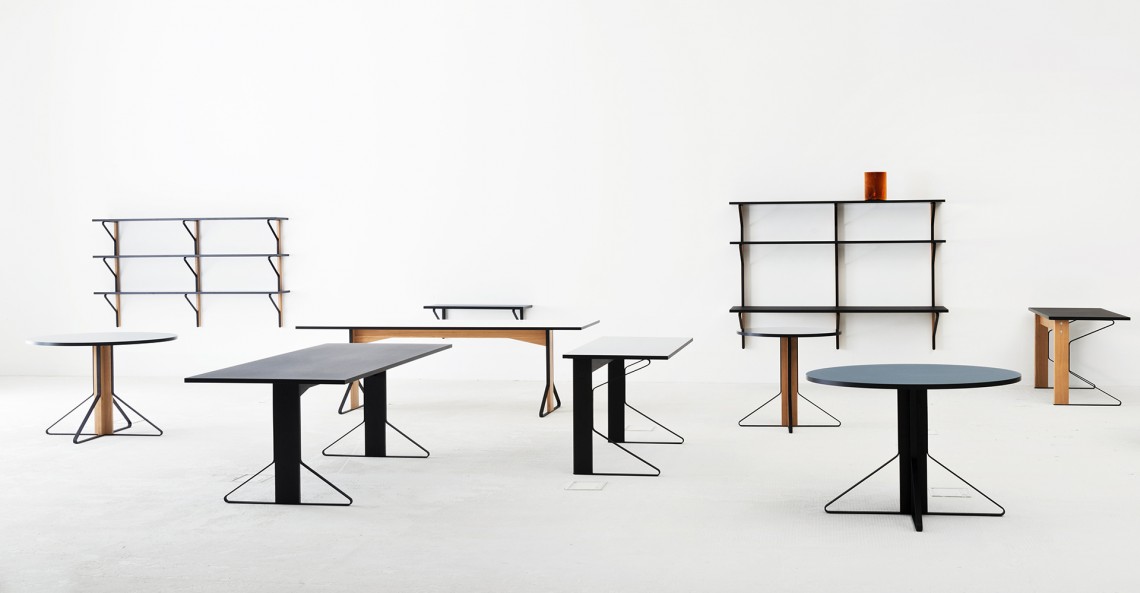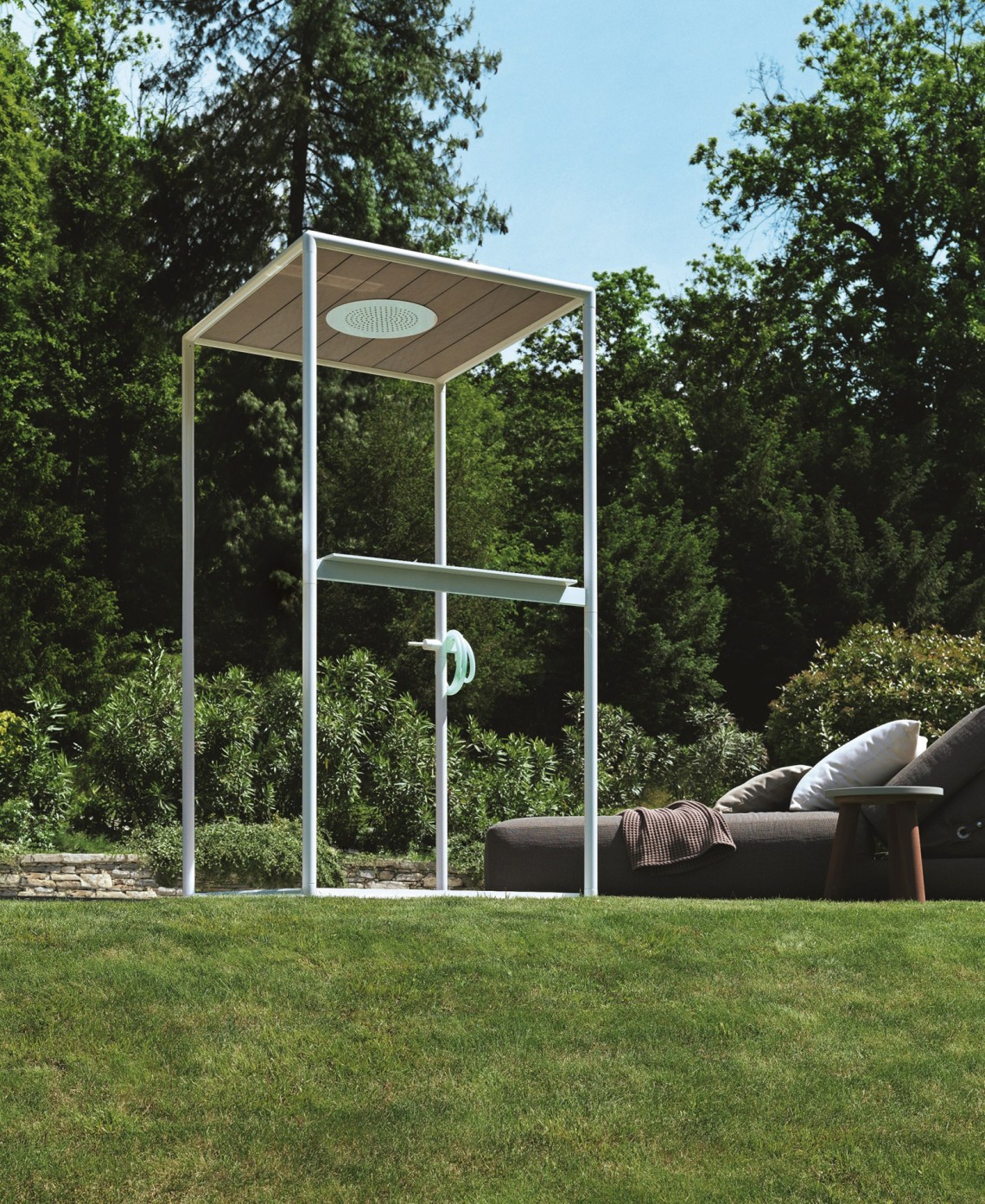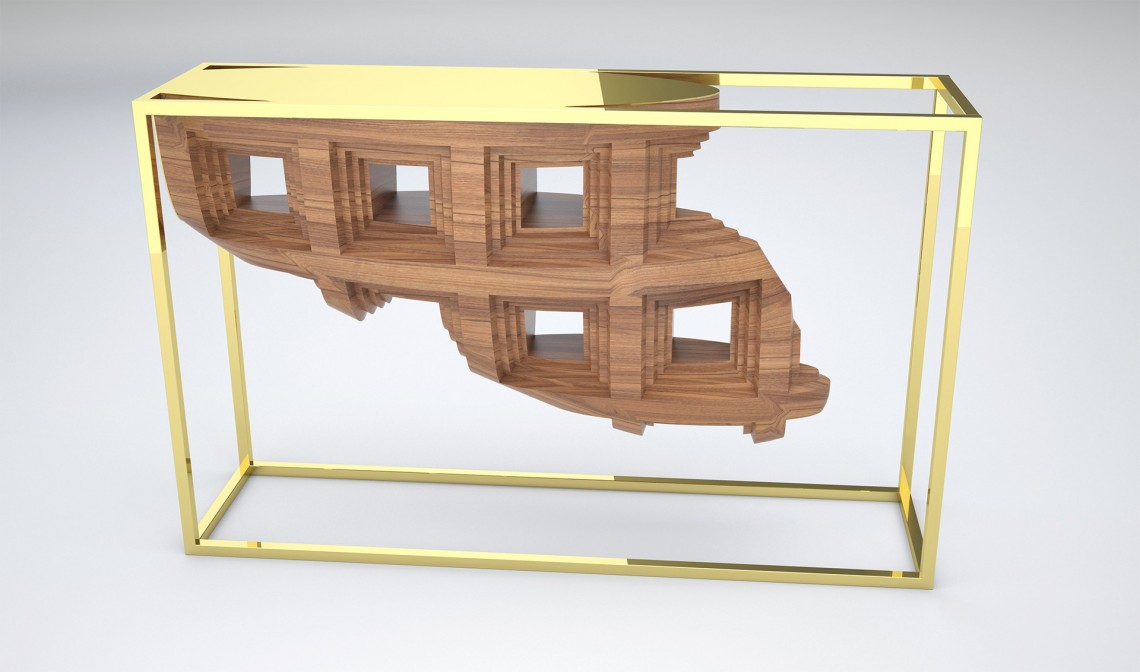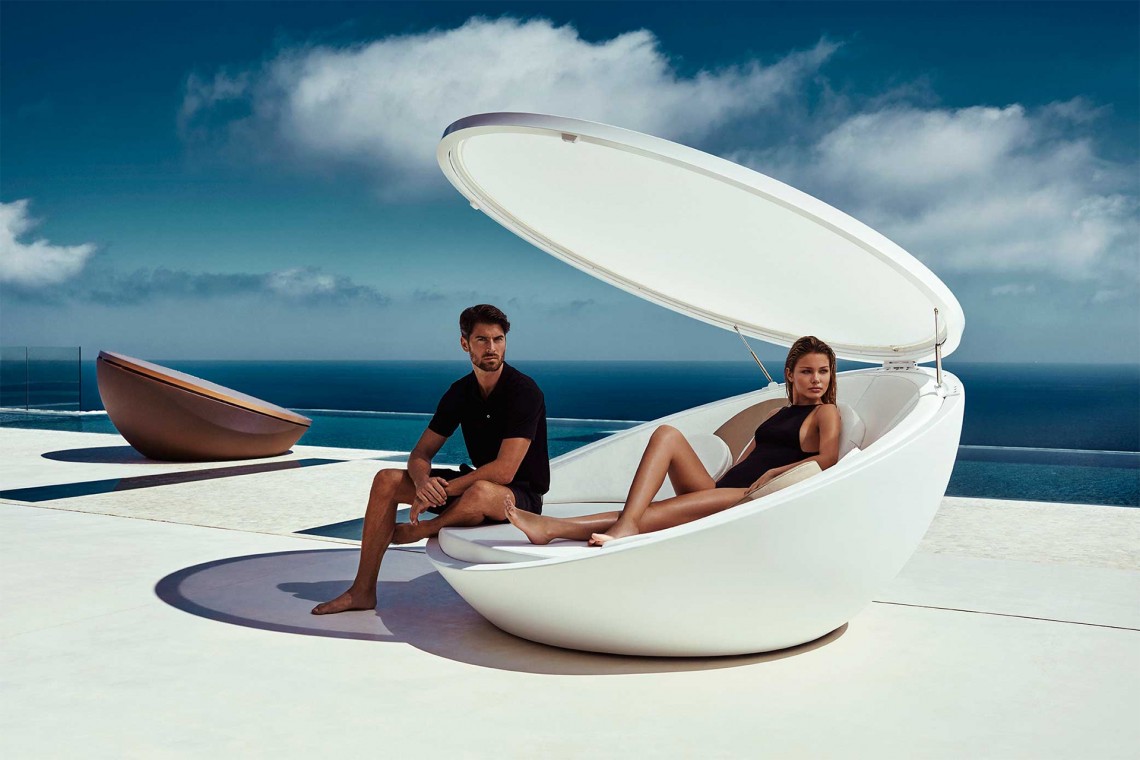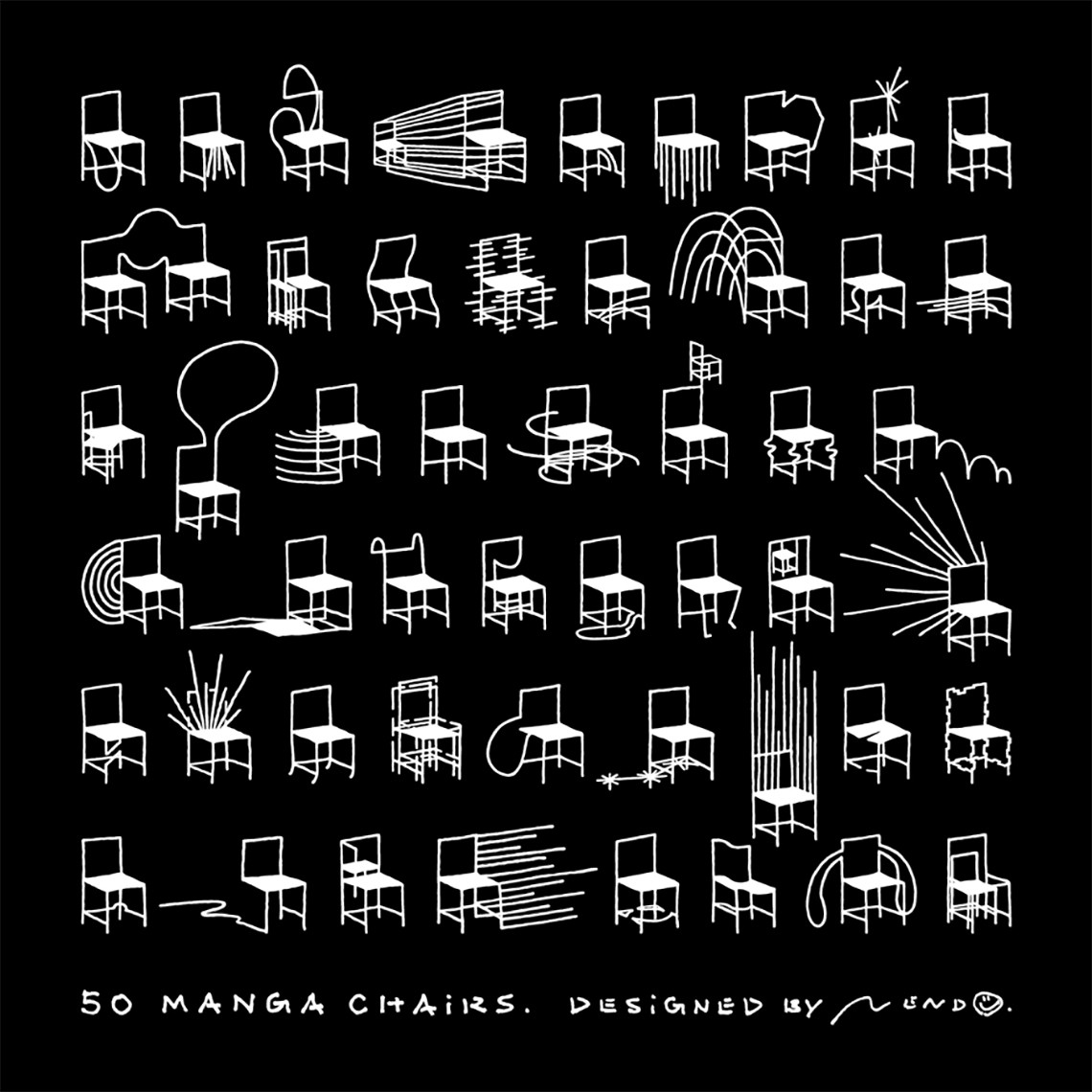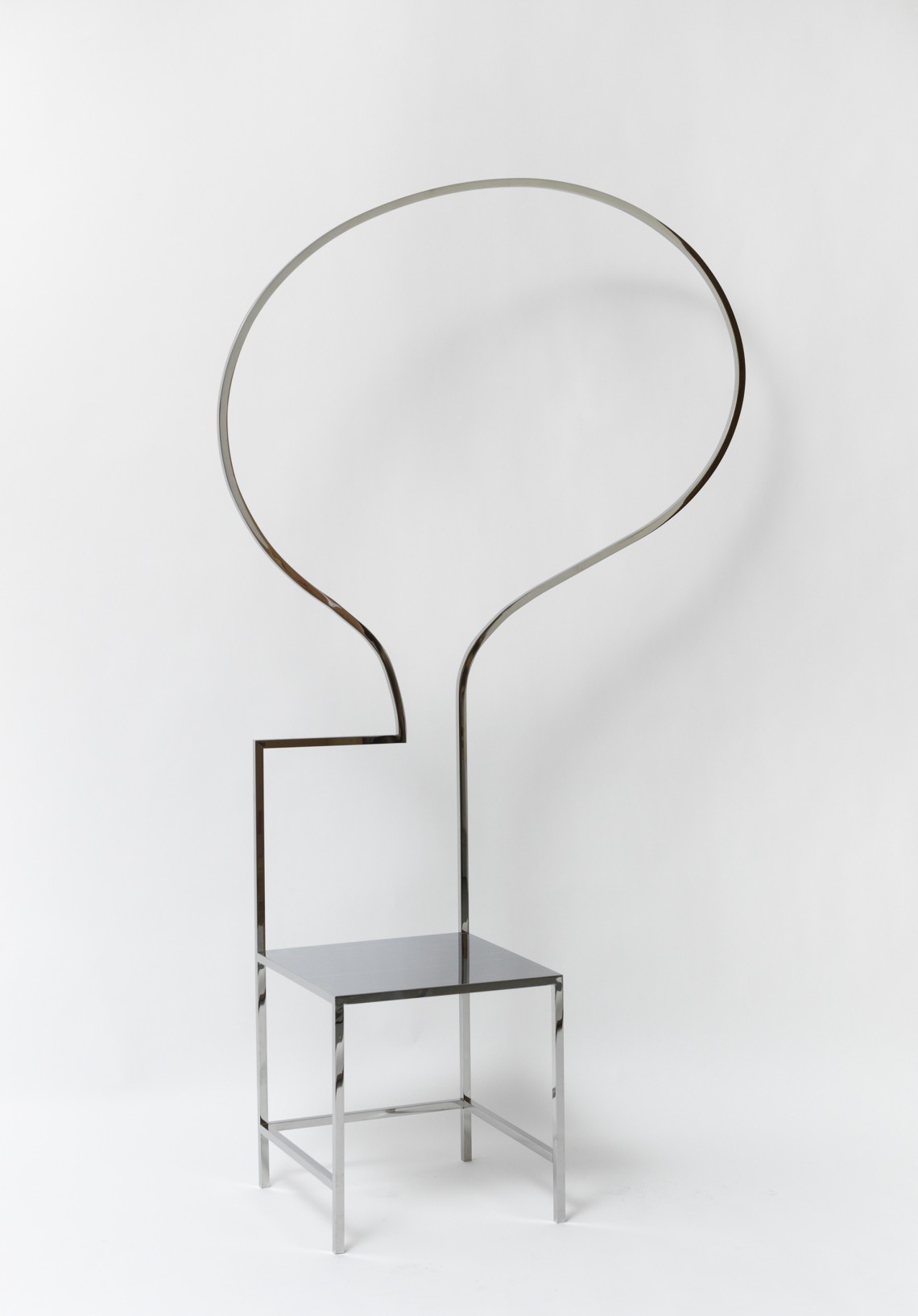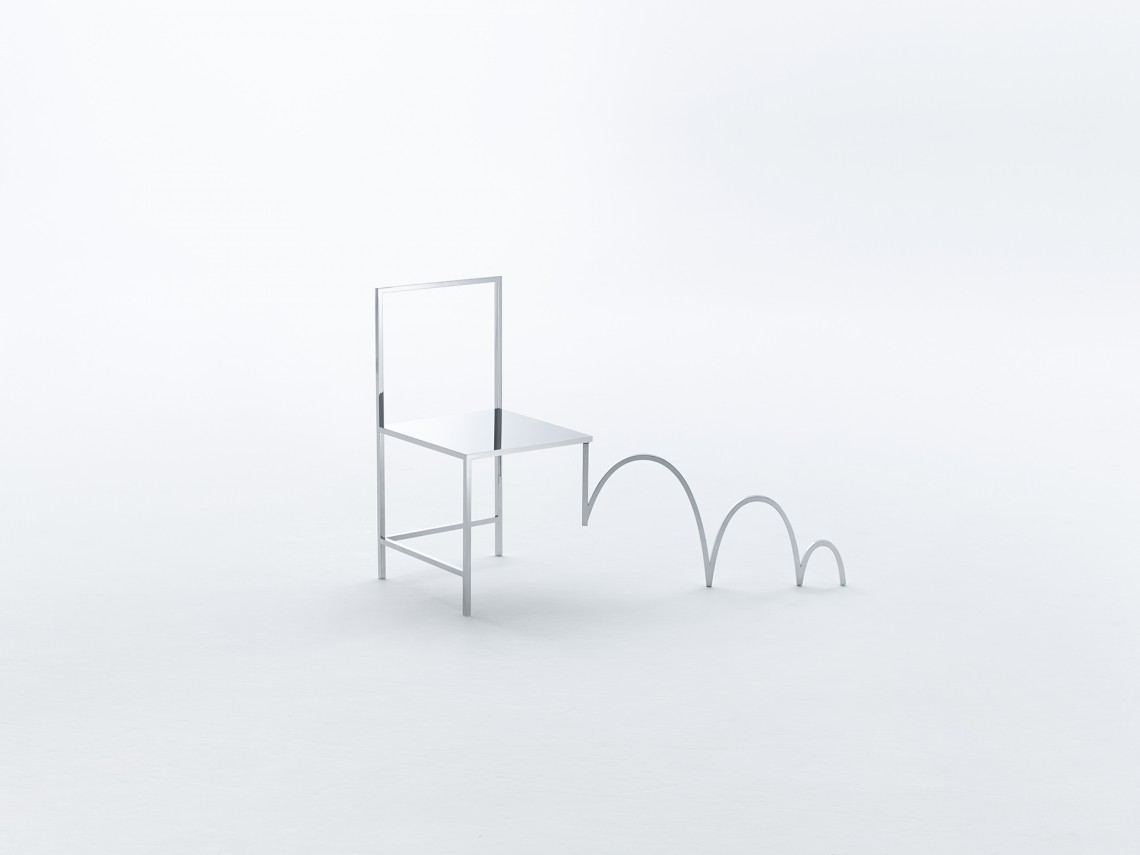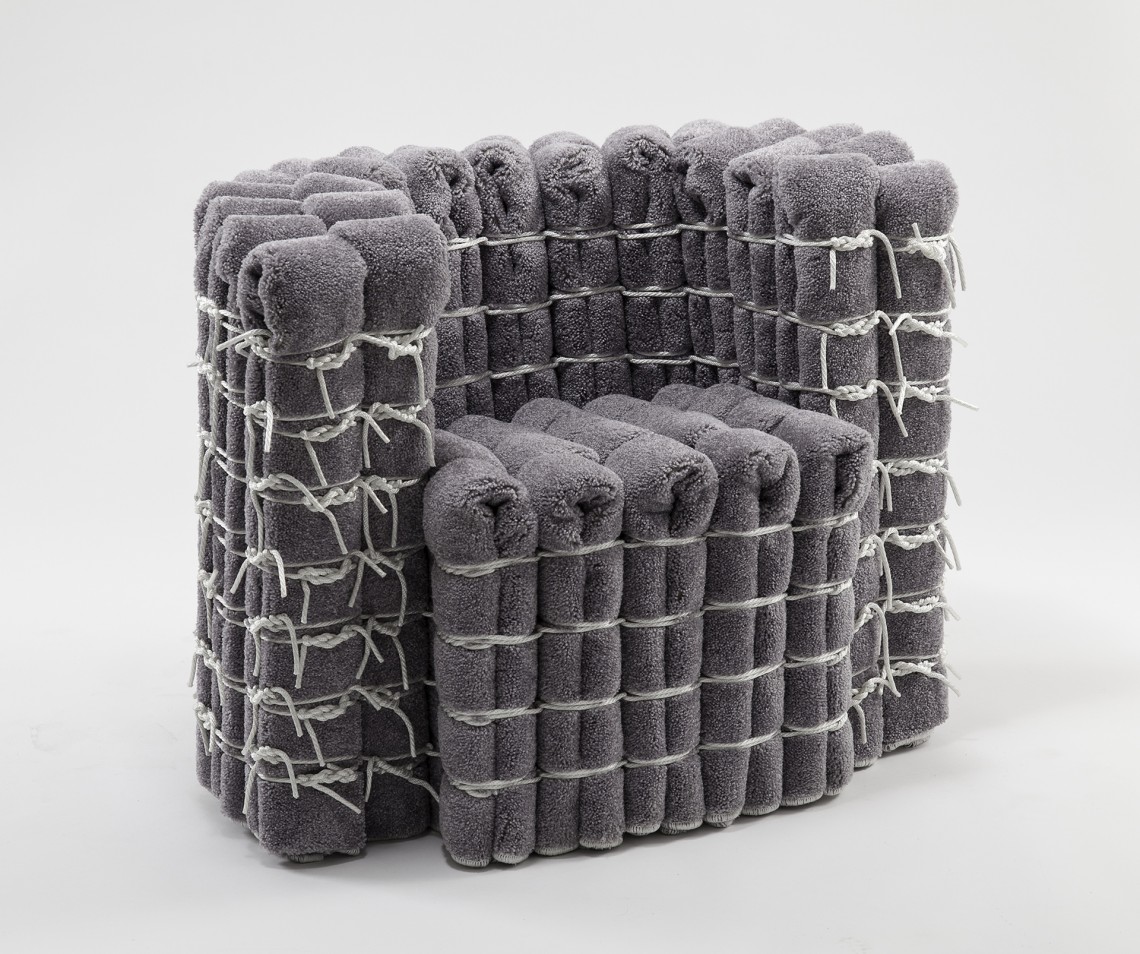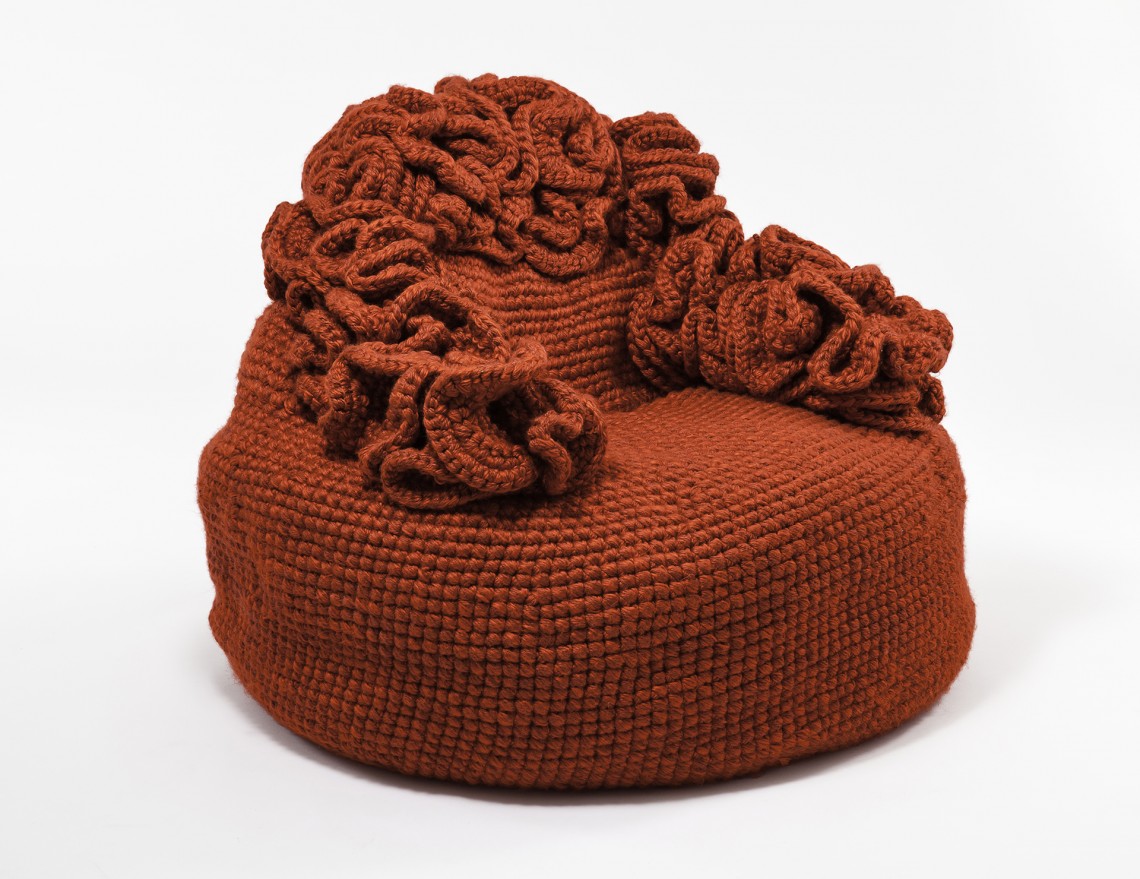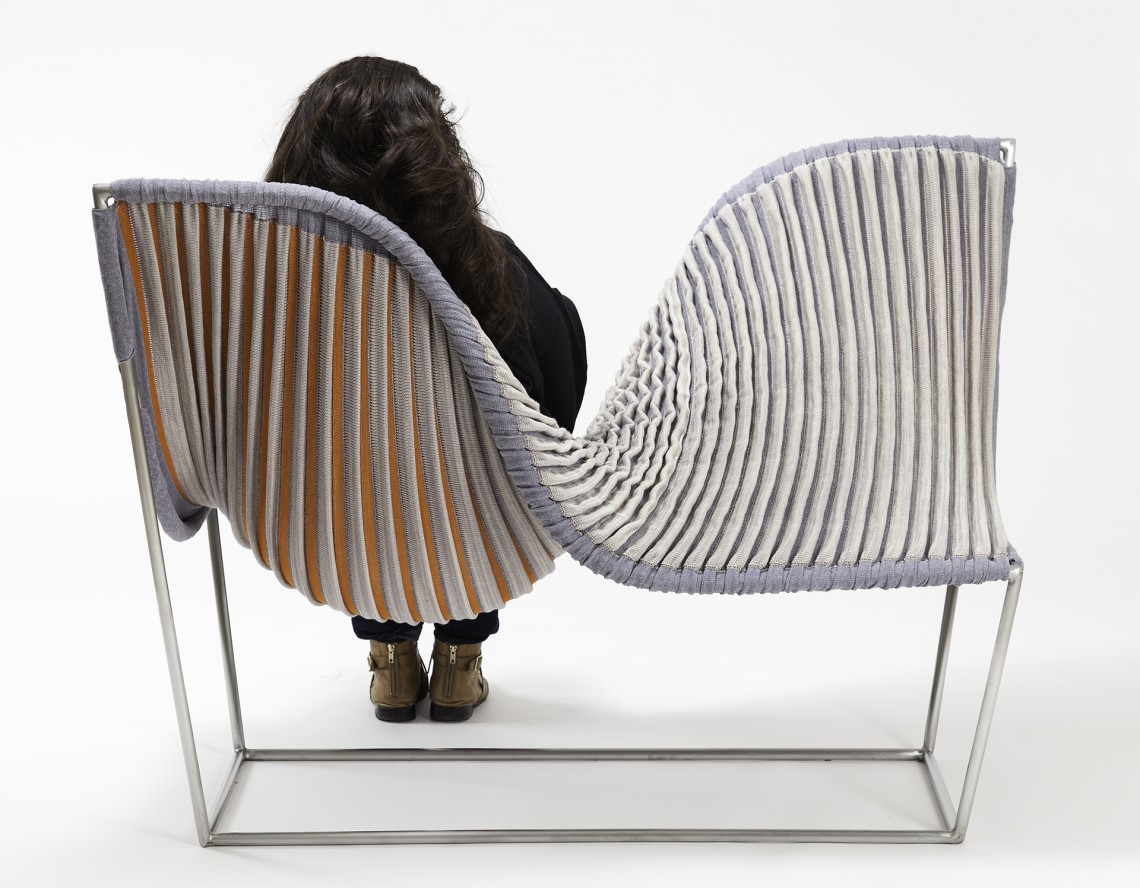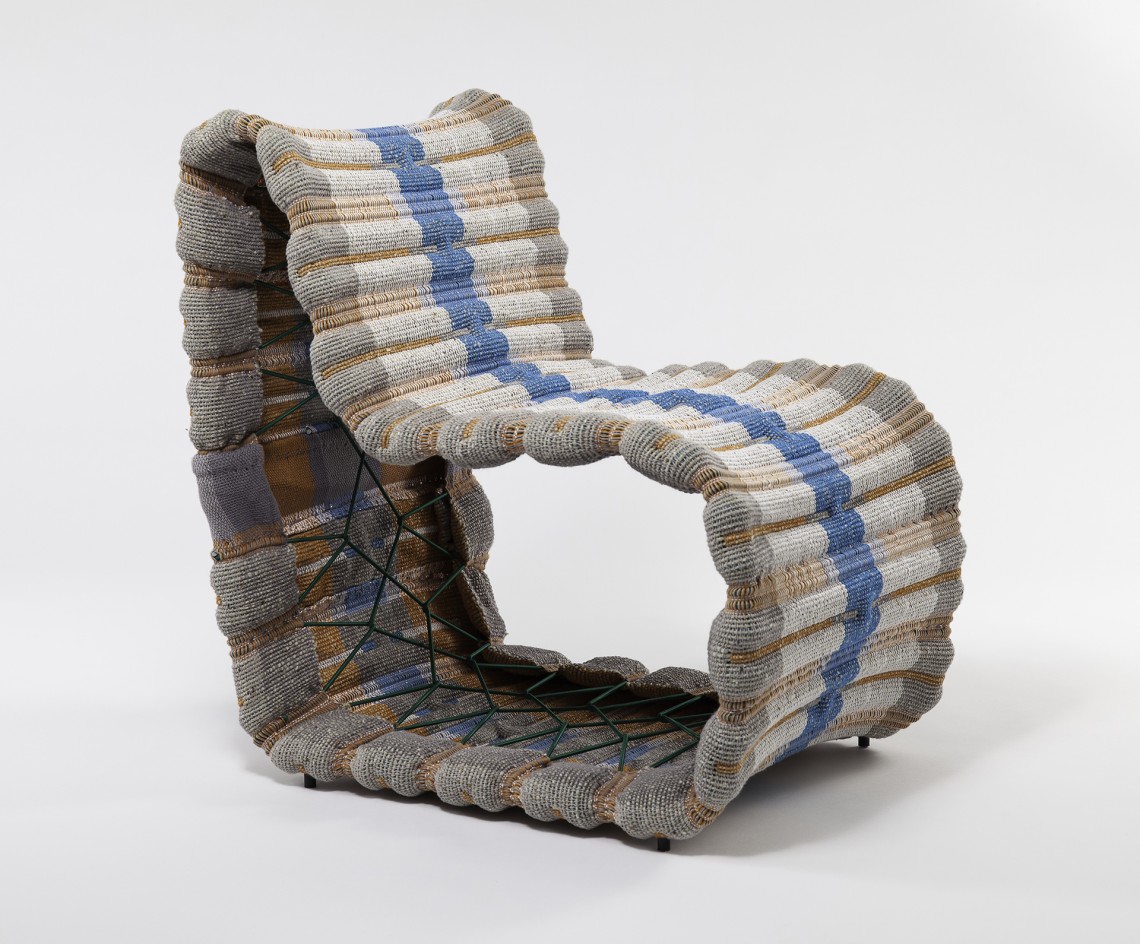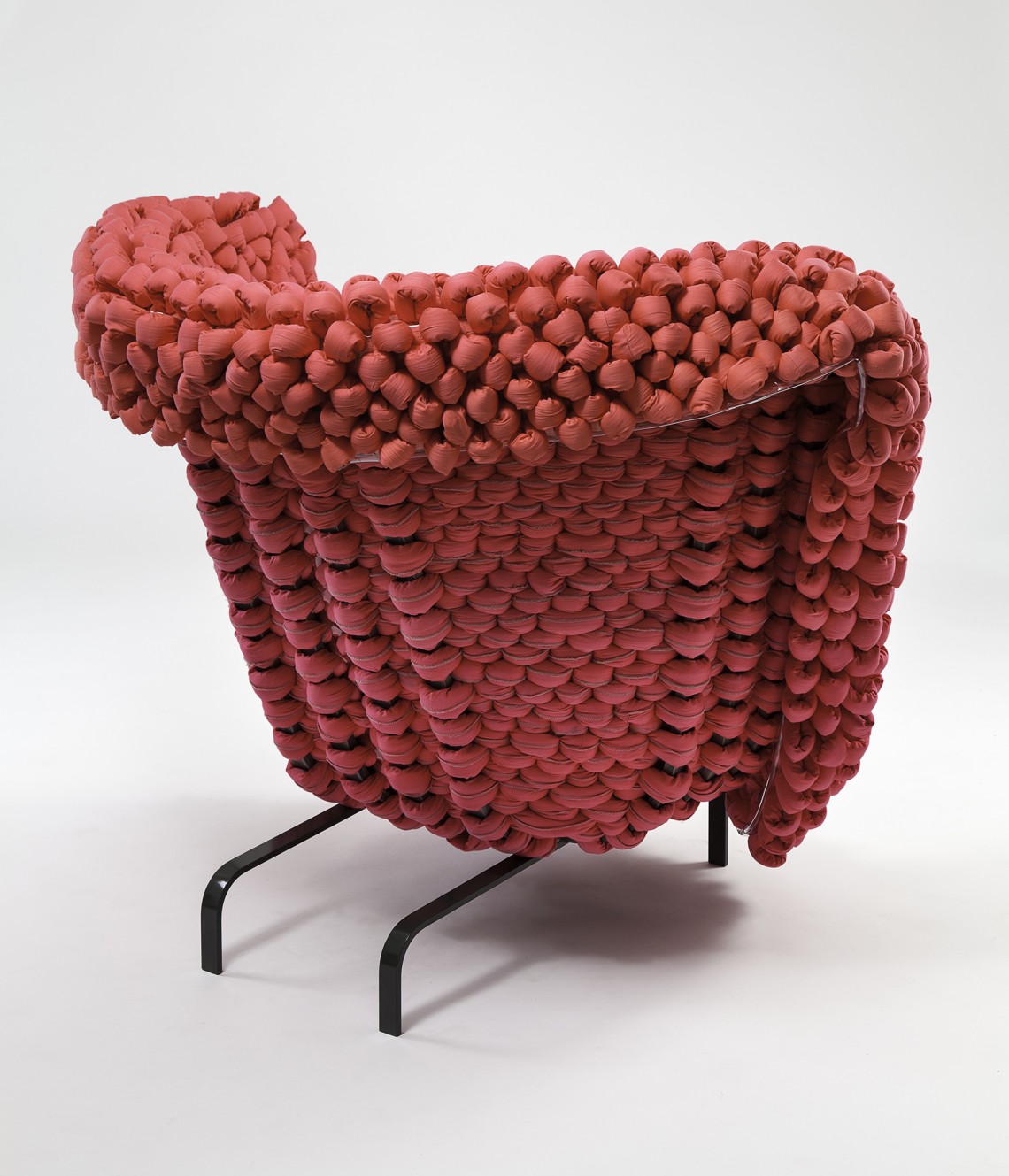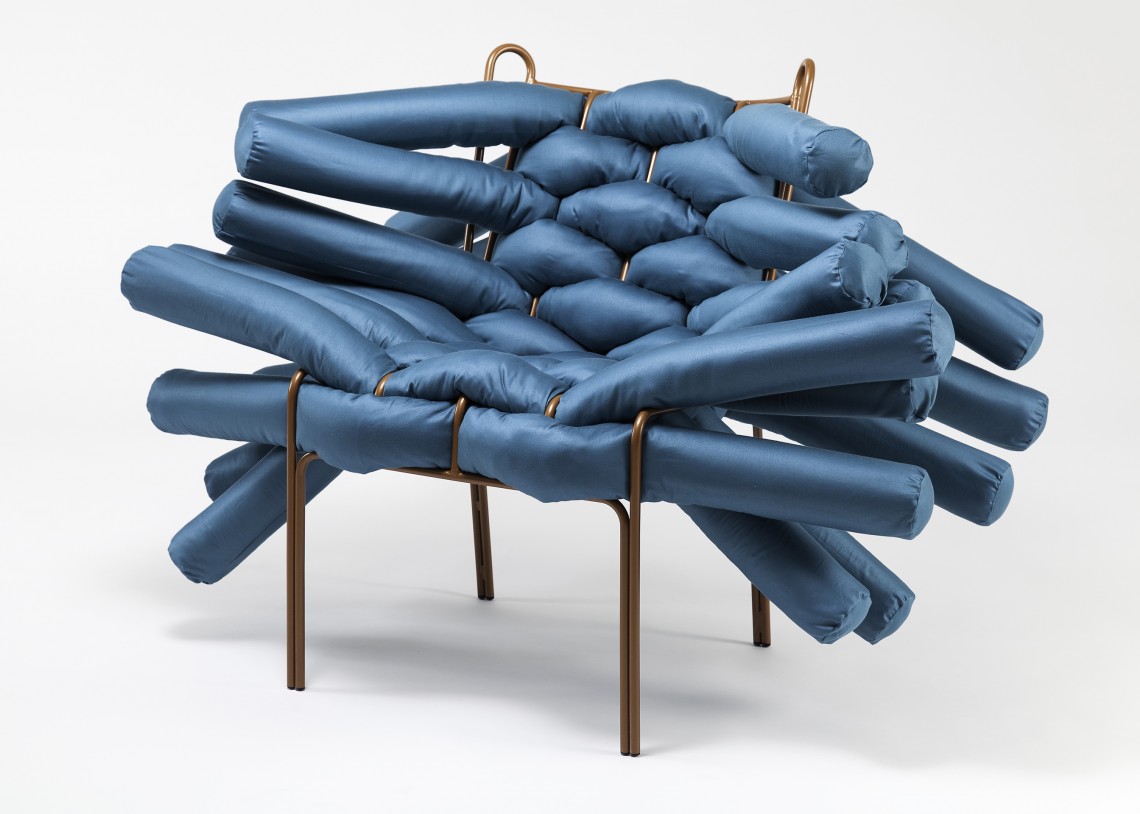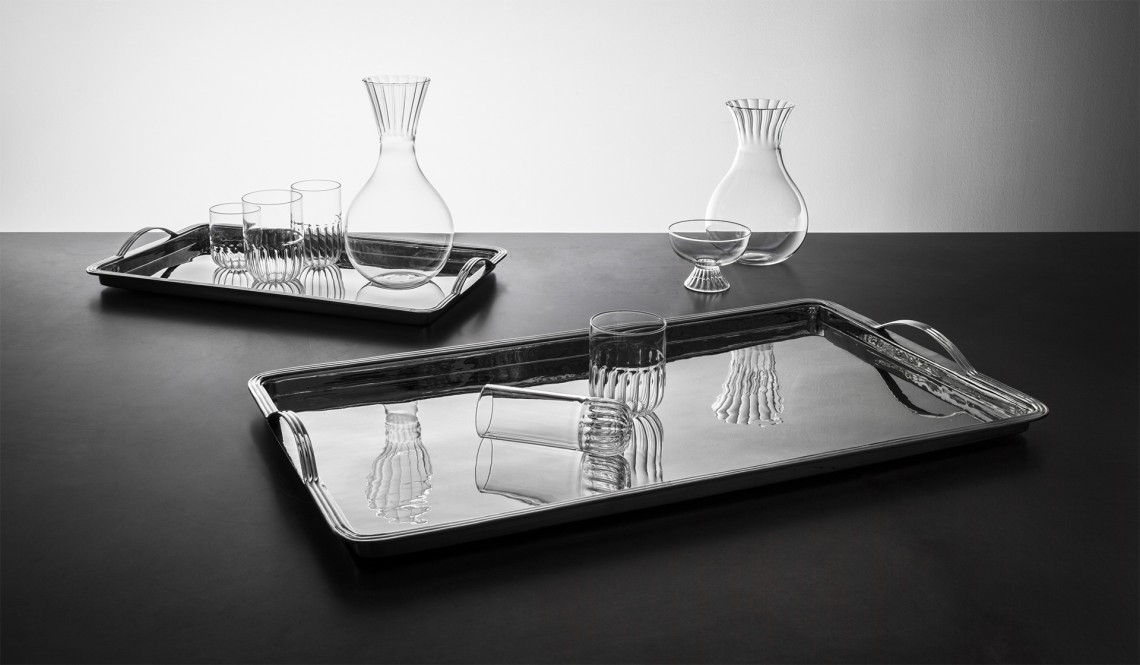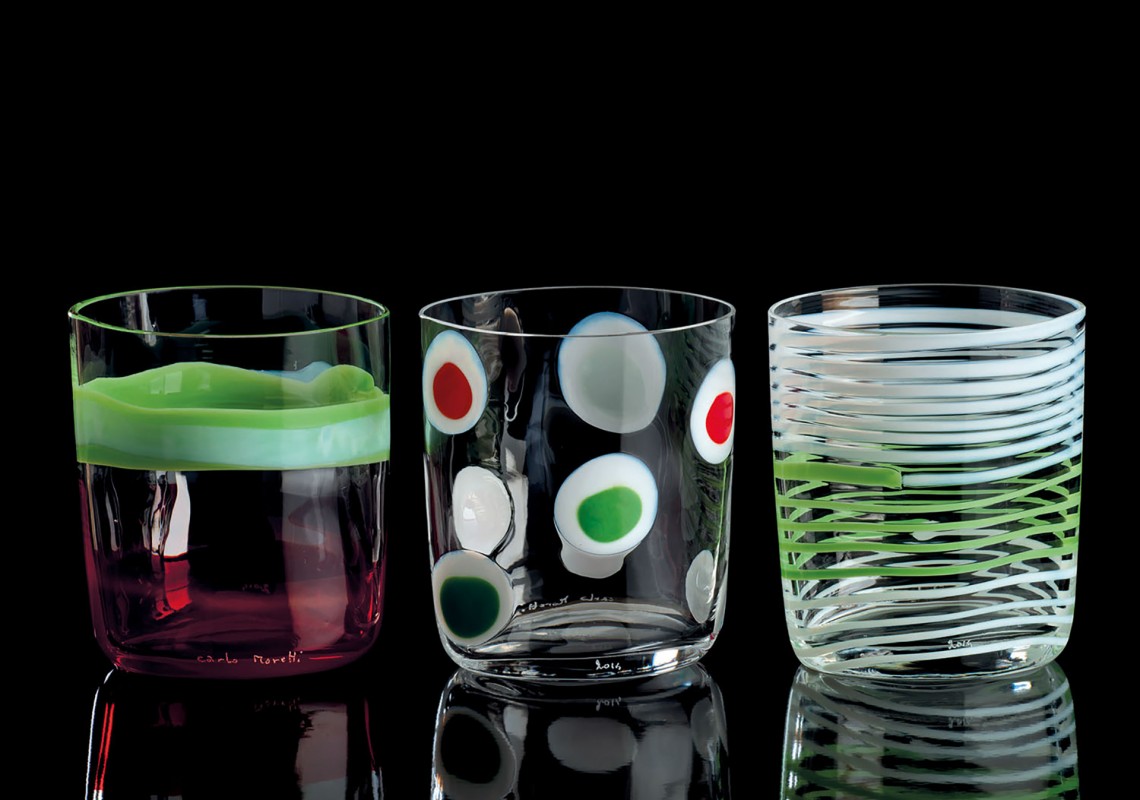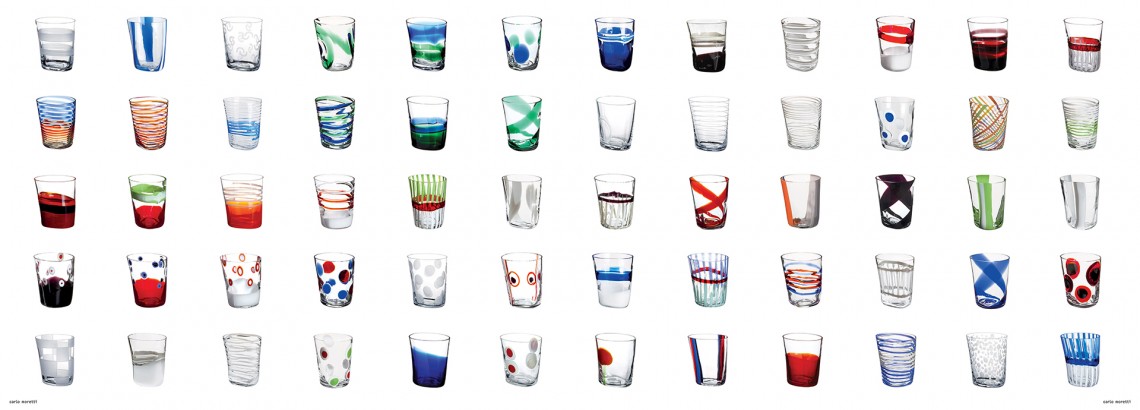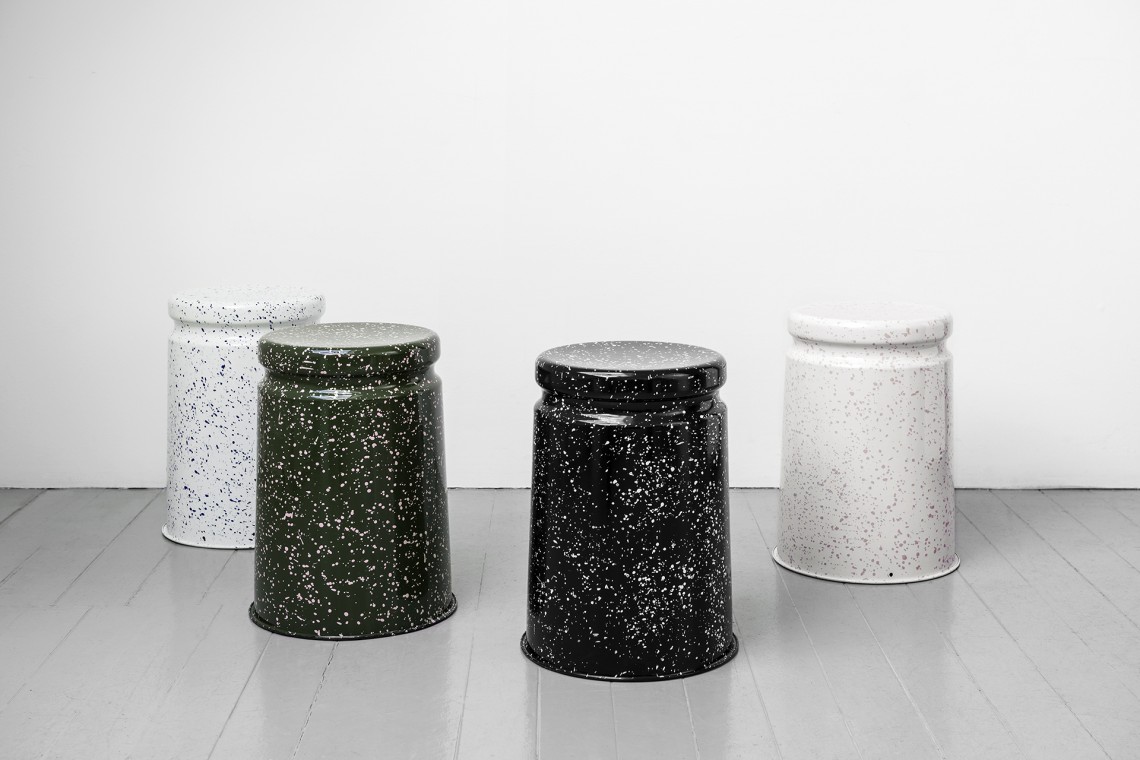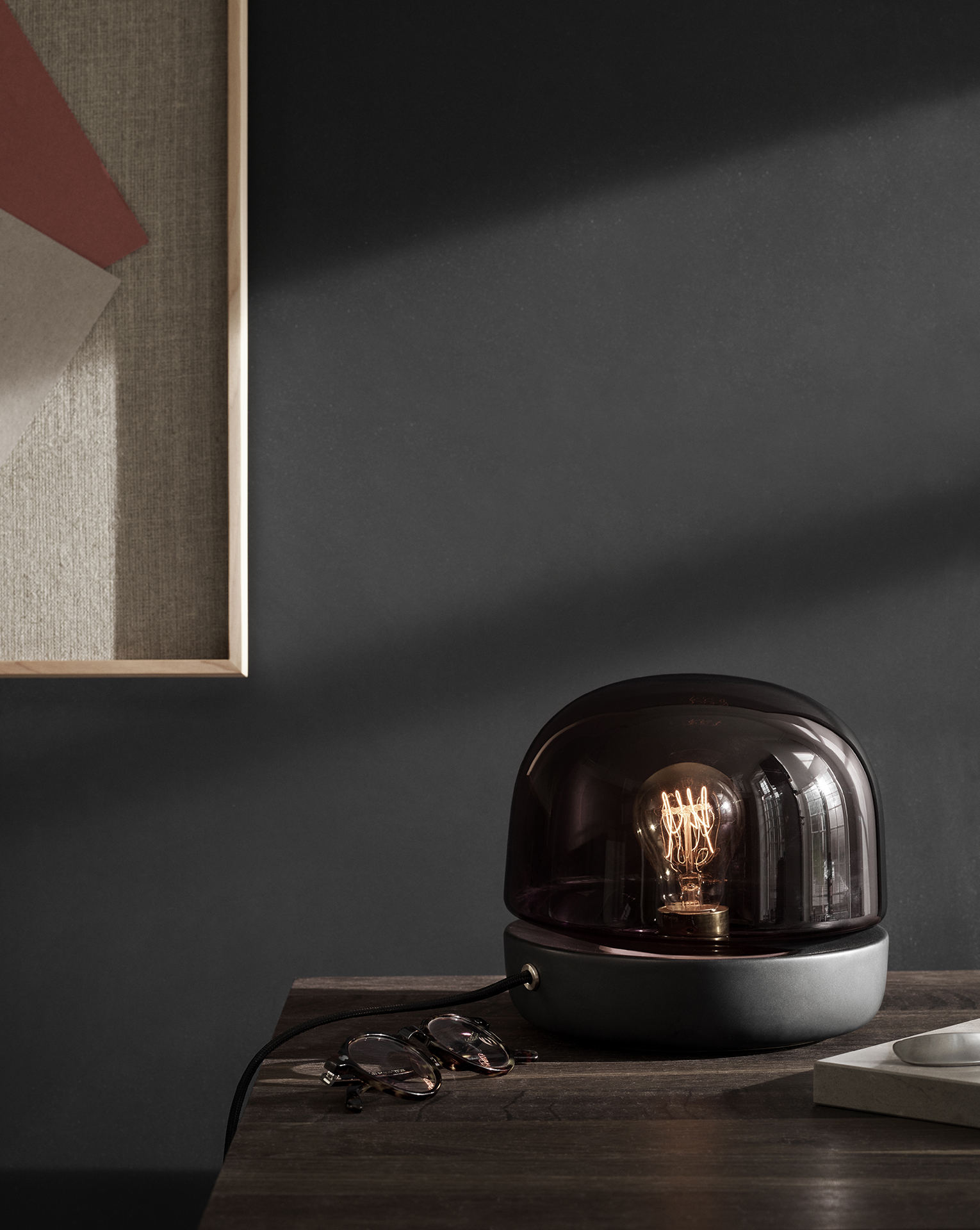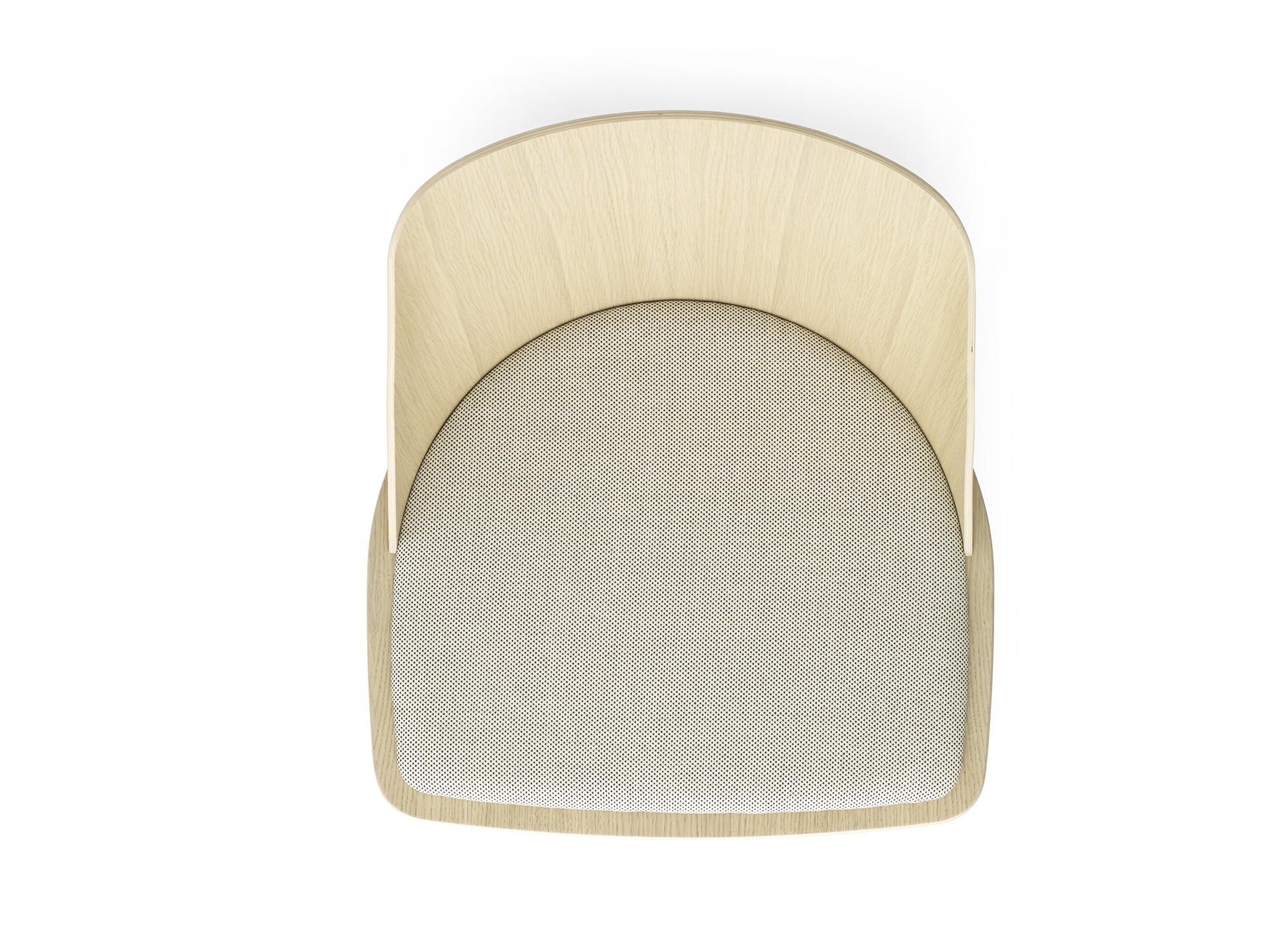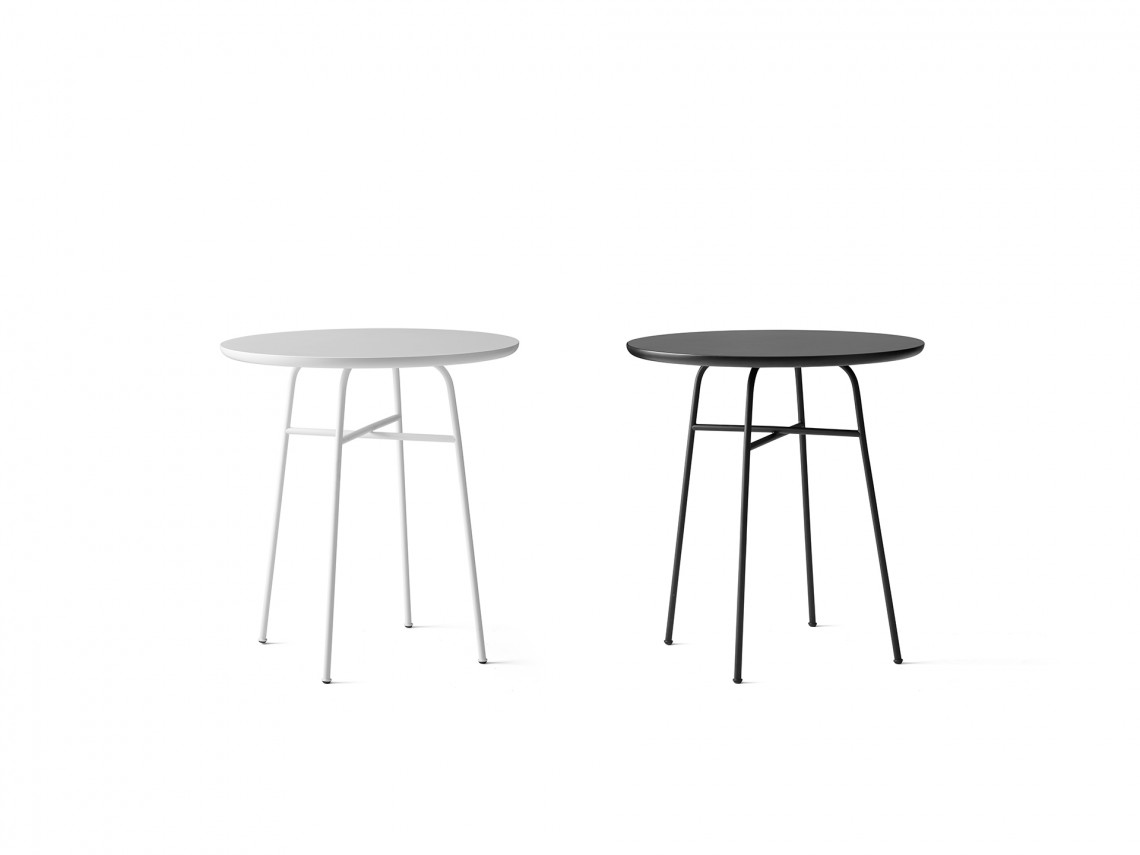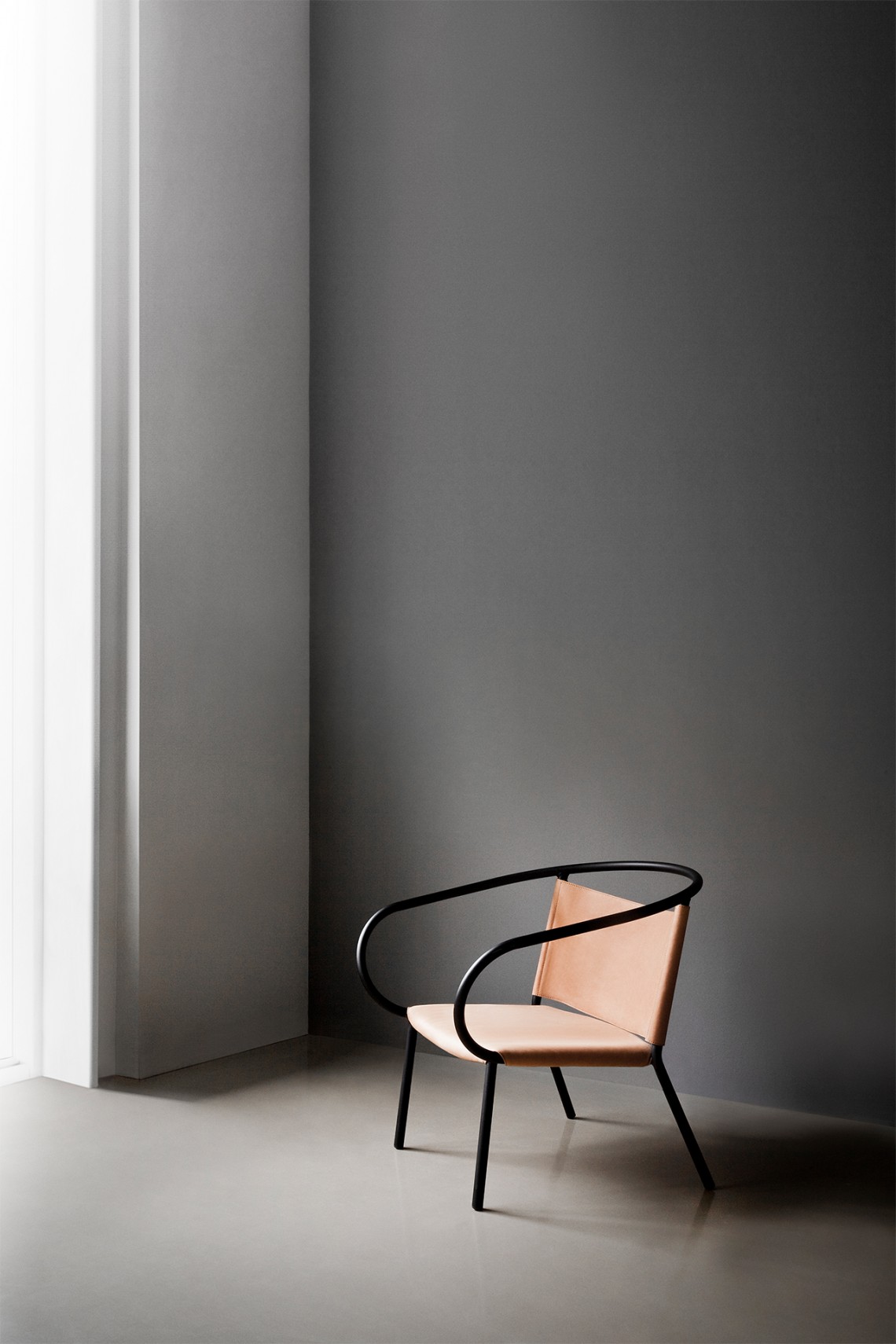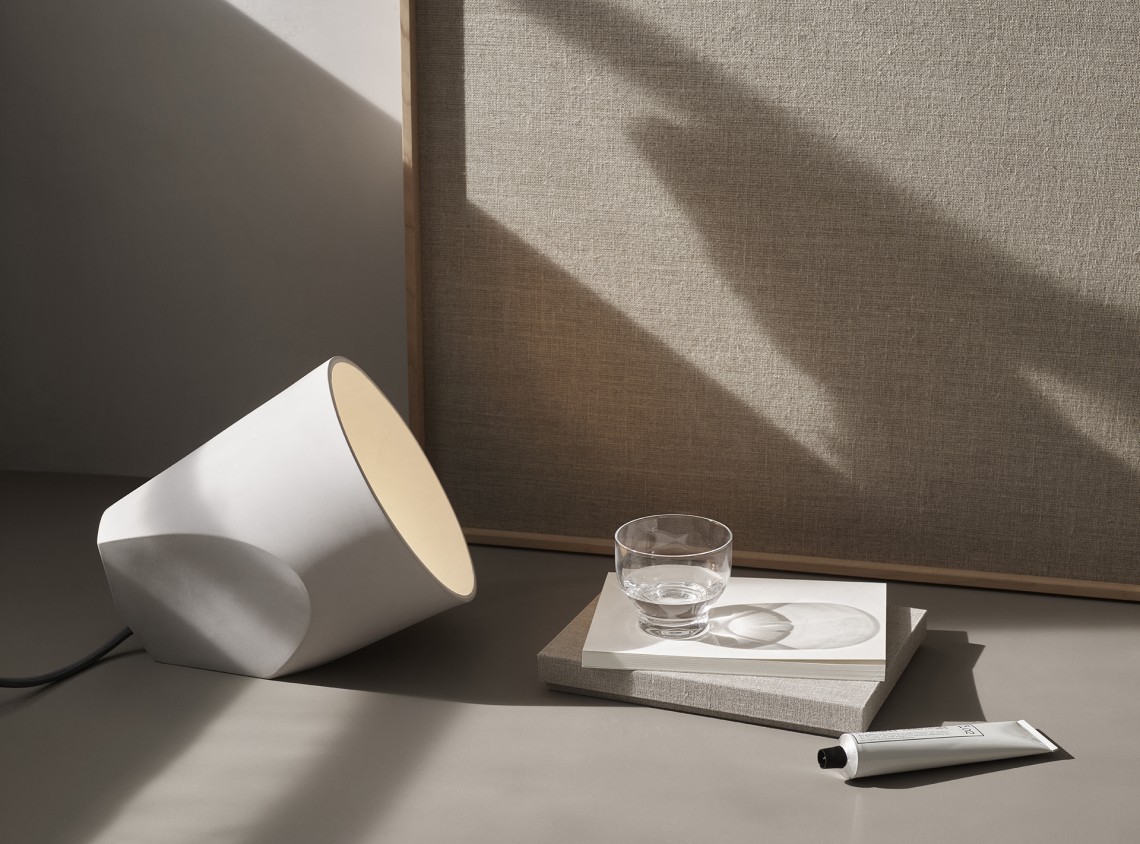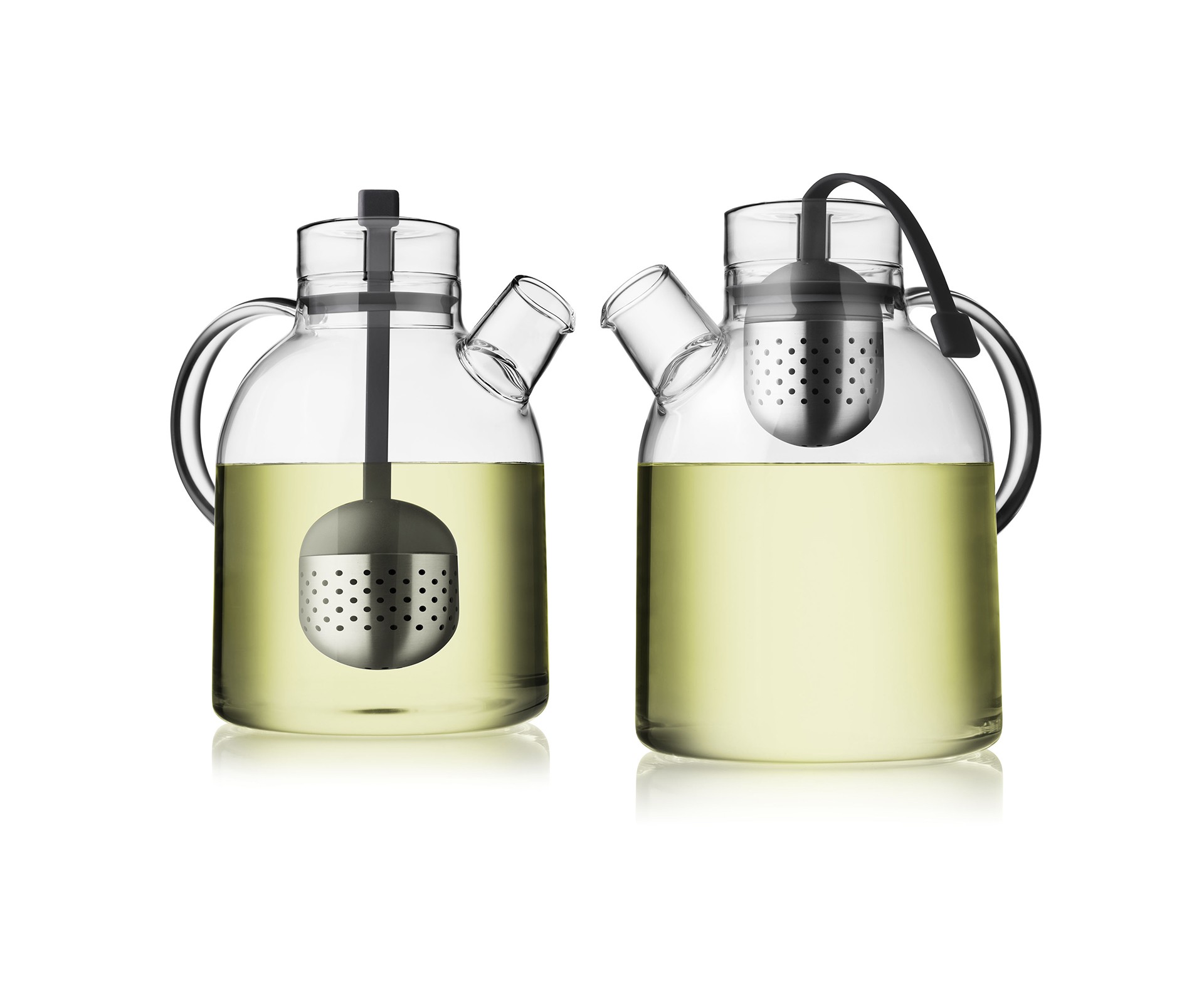two italian designers andrea trimarchi (1983) and simone farresin (1980) are amsterdam based studio formafantasma. their coherent body of work is characterized by experimental materials investigations and the exploration of such issues as the relationship between tradition and local culture, critical approaches to sustainability and the significance of objects as cultural conduits.
in perceiving their role as a bridge between craft, industry, object and user, they are interested in forging links between their research-based practice and a wider design industry.
lexus asked formafantasma to create an exhibit themed anticipation for the 2016 salone del mobile. the designers interpreted this theme through the identification of elements within the company’s production that will be fundamental for the future. this includes the quest to develop and further evolve ecological technology for application in mobility, and the fusion of machine, craftsmanship and tradition.
drawing inspiration from the new lexus lf-fc flagship concept, they designed three site-specific installations that respond to the architecture of the location, a former metal factory.
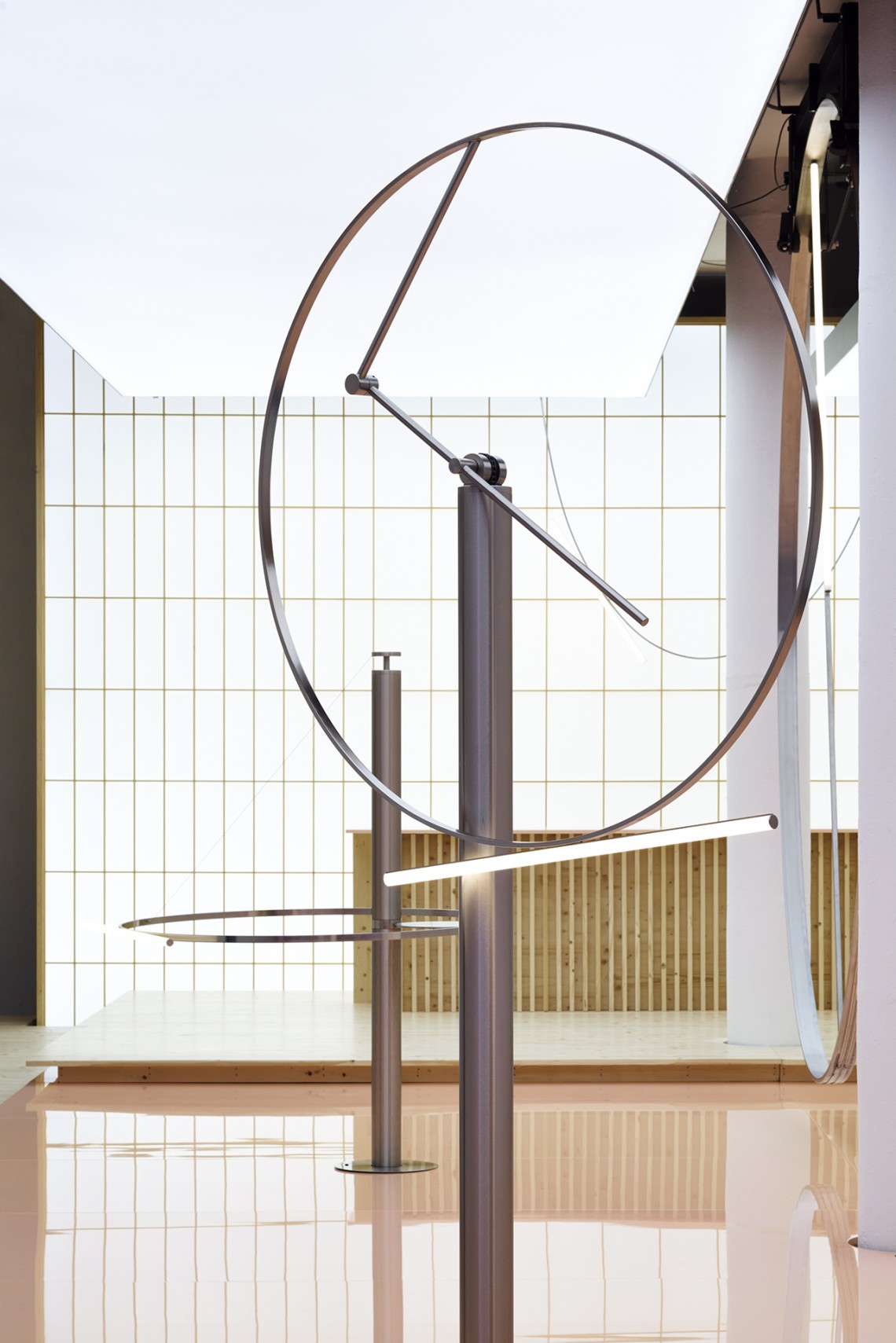
in the first and largest space, they apply advanced hydrogen fuel cell technology similar to that of the lf-fc to power a kinetic light installation. they designed four pieces in stainless steel — ranging in height from 2 to 6 meters — that move slowly, creating a subtle choreography. the sculptural objects are mounted on a highly reflective pink platform. tanks located under the platform supply the hydrogen used by the “hydrogen fuel cell stacks” to produce electricity to lit our kinetic lights.
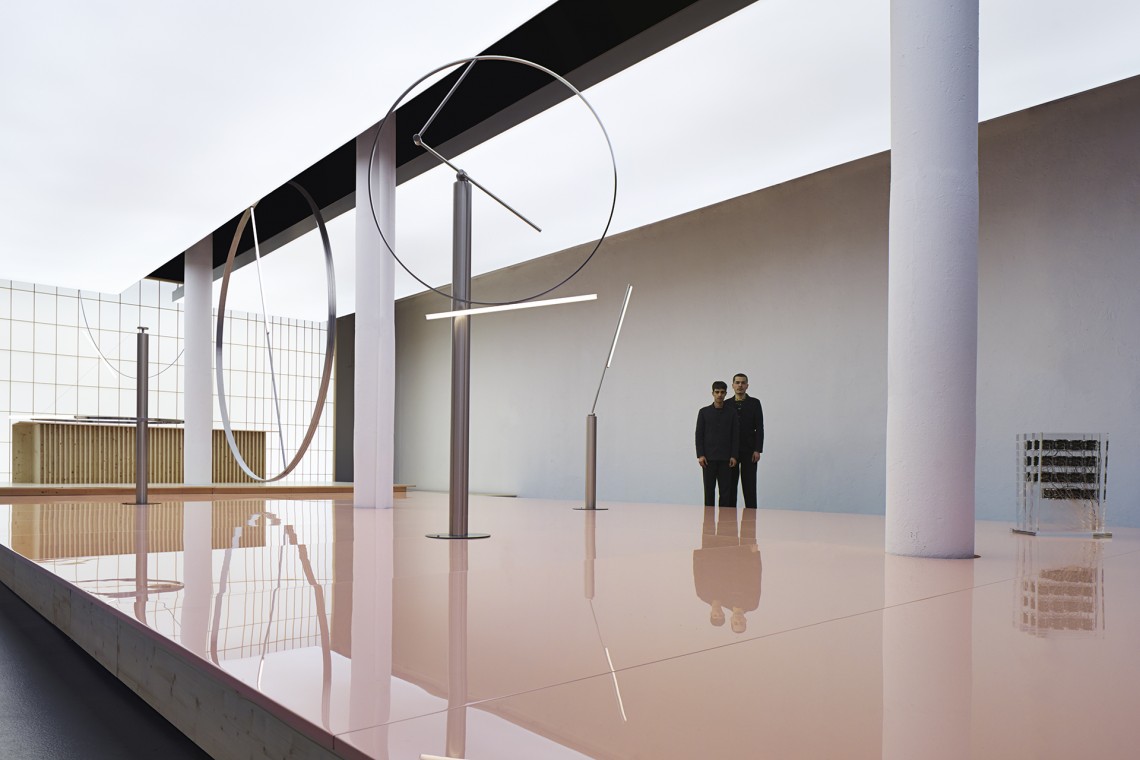
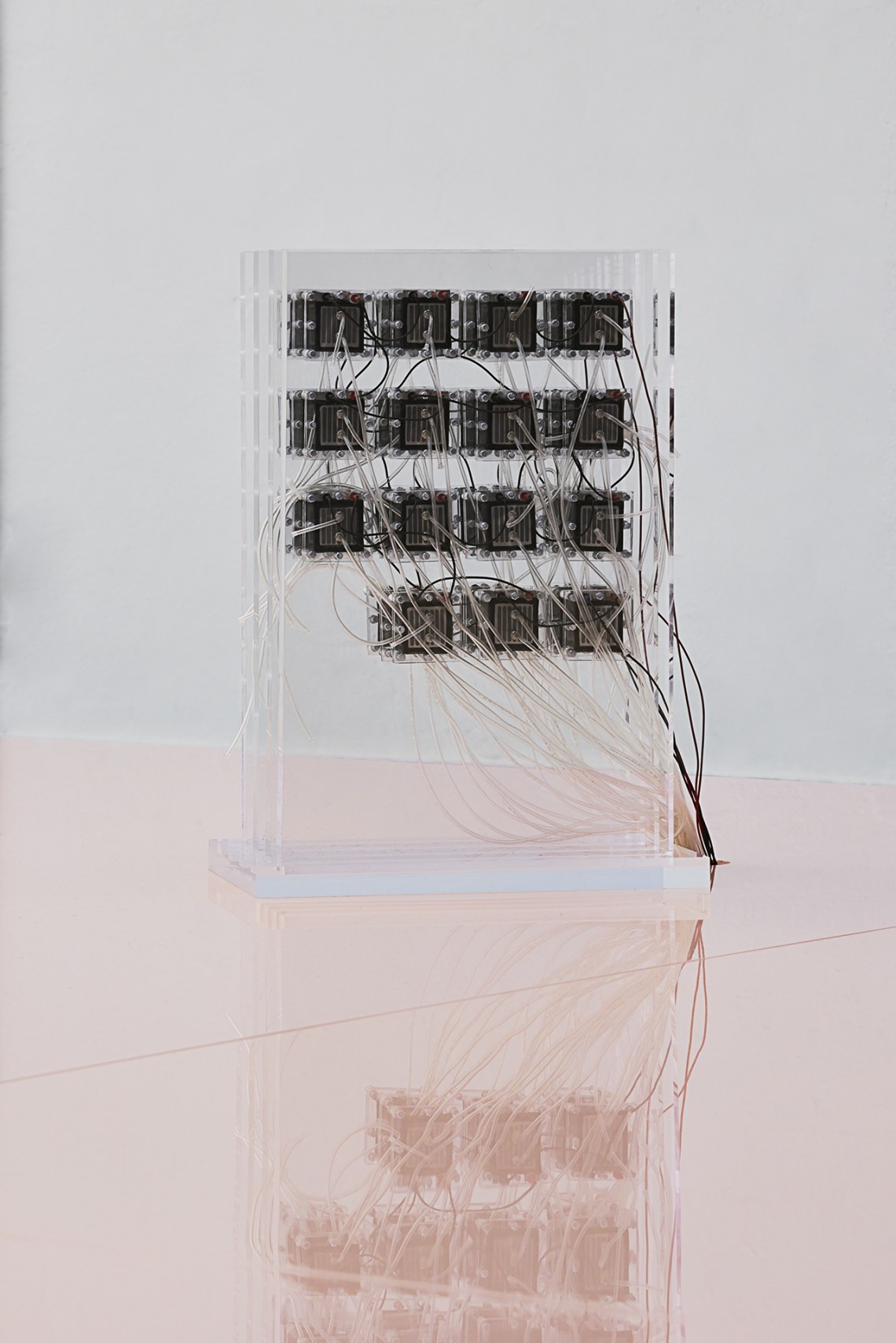
in the tradition of lexus supporting talents in different creative fields, the room also hosts a food tasting by the recently michelin-starred, japanese-born, milan-based chef yoji tokuyoshi. we collaborated with chef tokuyoshi, advising him to work on the theme of water, since it is one of the hydrogen-richest elements in nature and the only byproduct emitted by a hydrogen fuel cell technology.
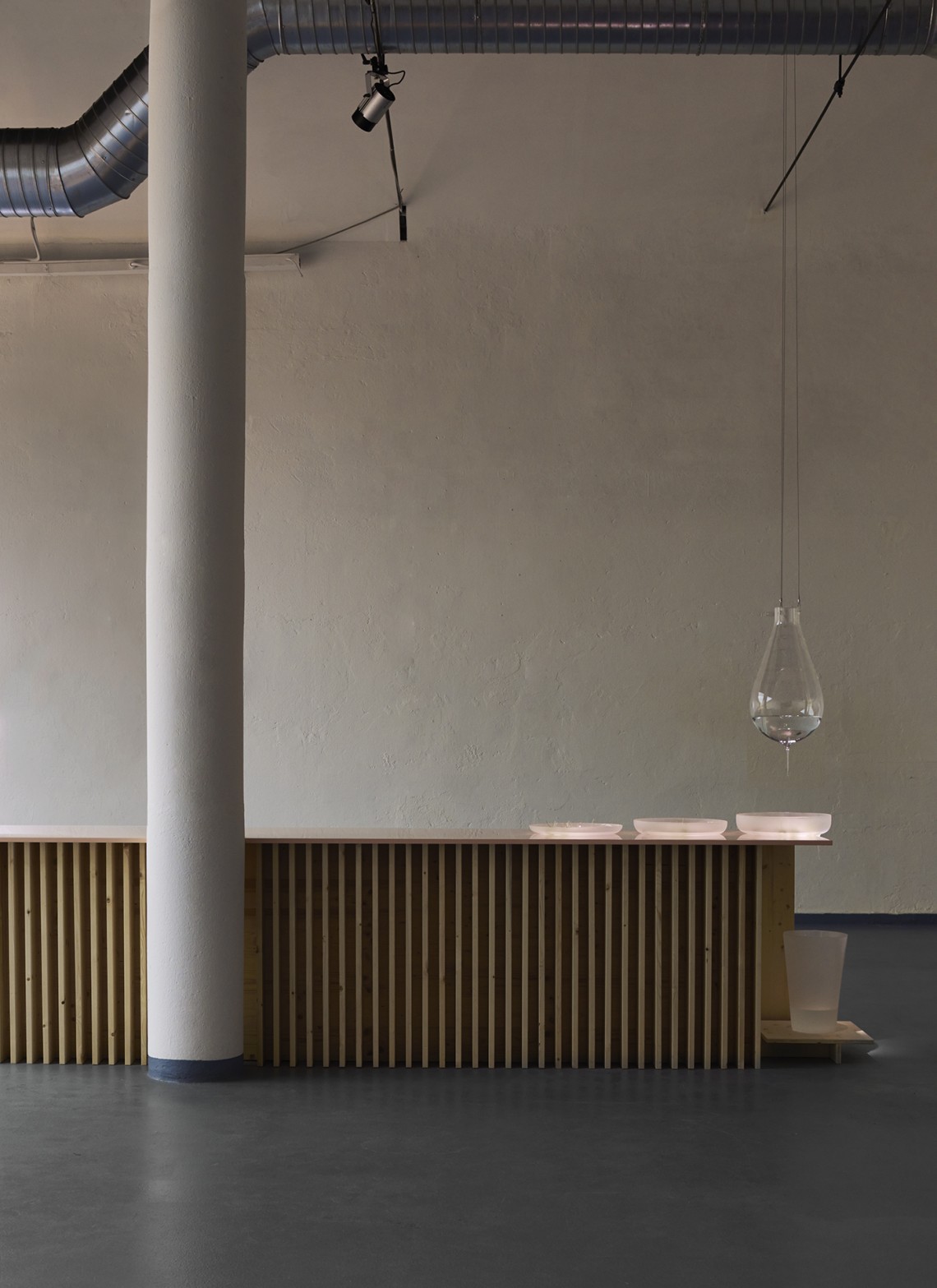
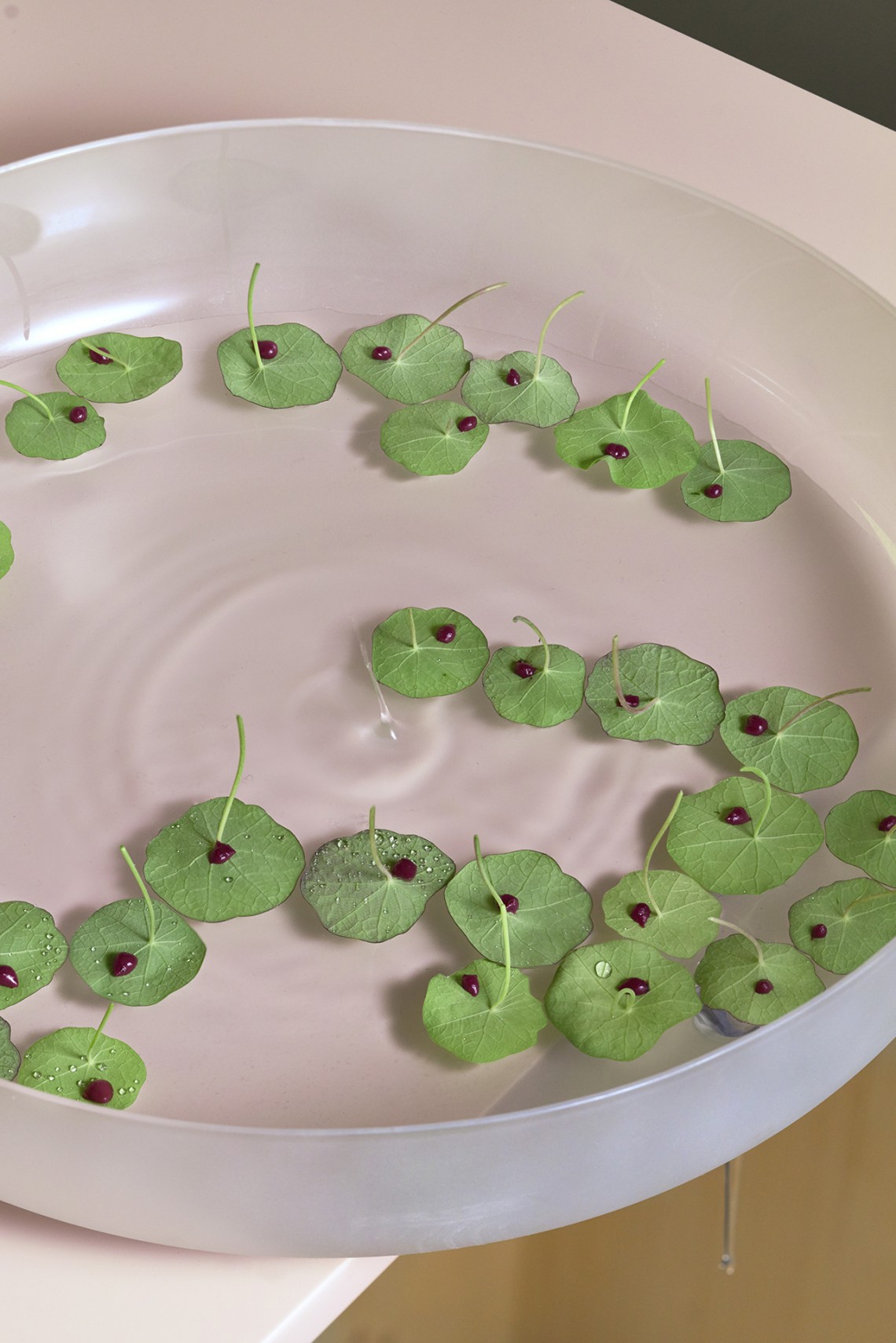
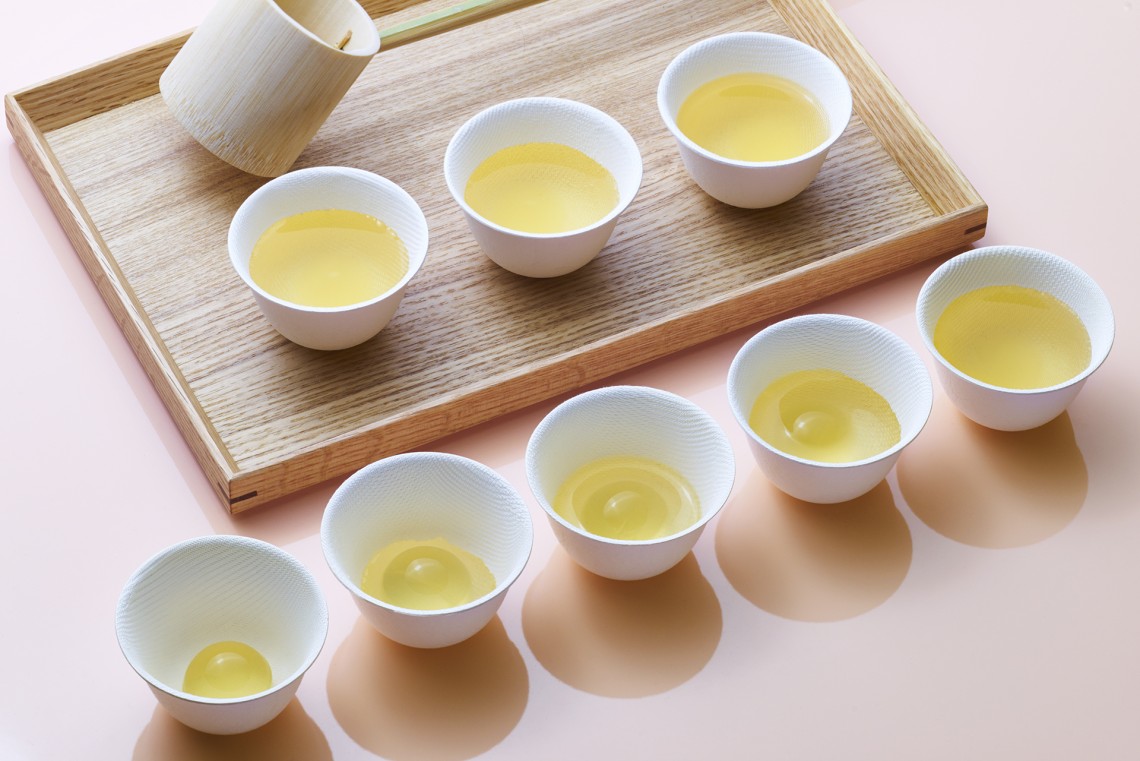
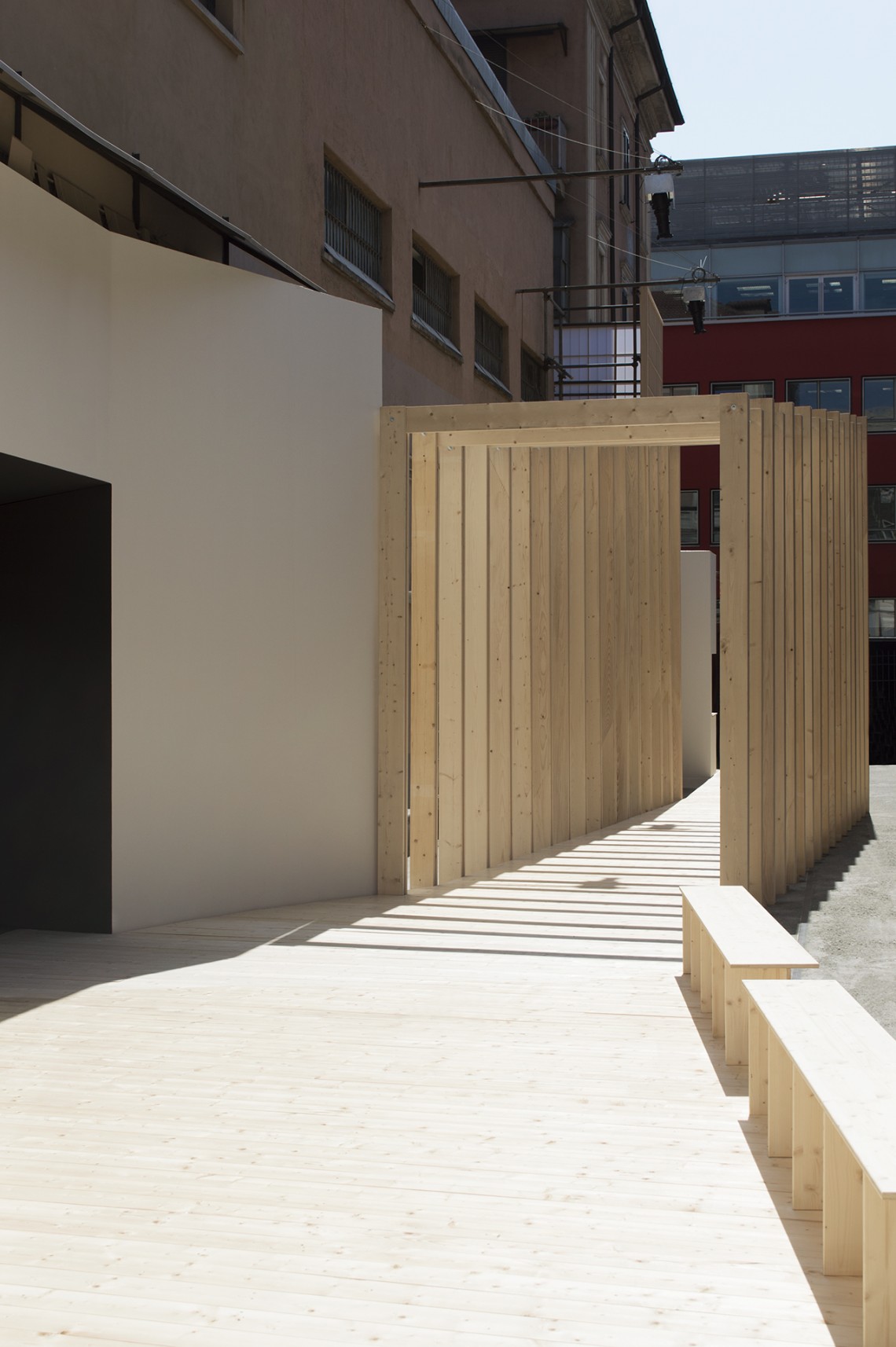
the second space, which hosts the annual lexus design award (a competition for emerging talents in the design field), features a series of metal stools, whose simple form highlights their finish. we used the same paint process applied to the lf-fc. it involves a sophisticated method of layering colors by hand and machine that is based on traditional japanese lacquering techniques. the result is a subtle, yet complex tone that appears either dark grey or blue depending on how light touches it.
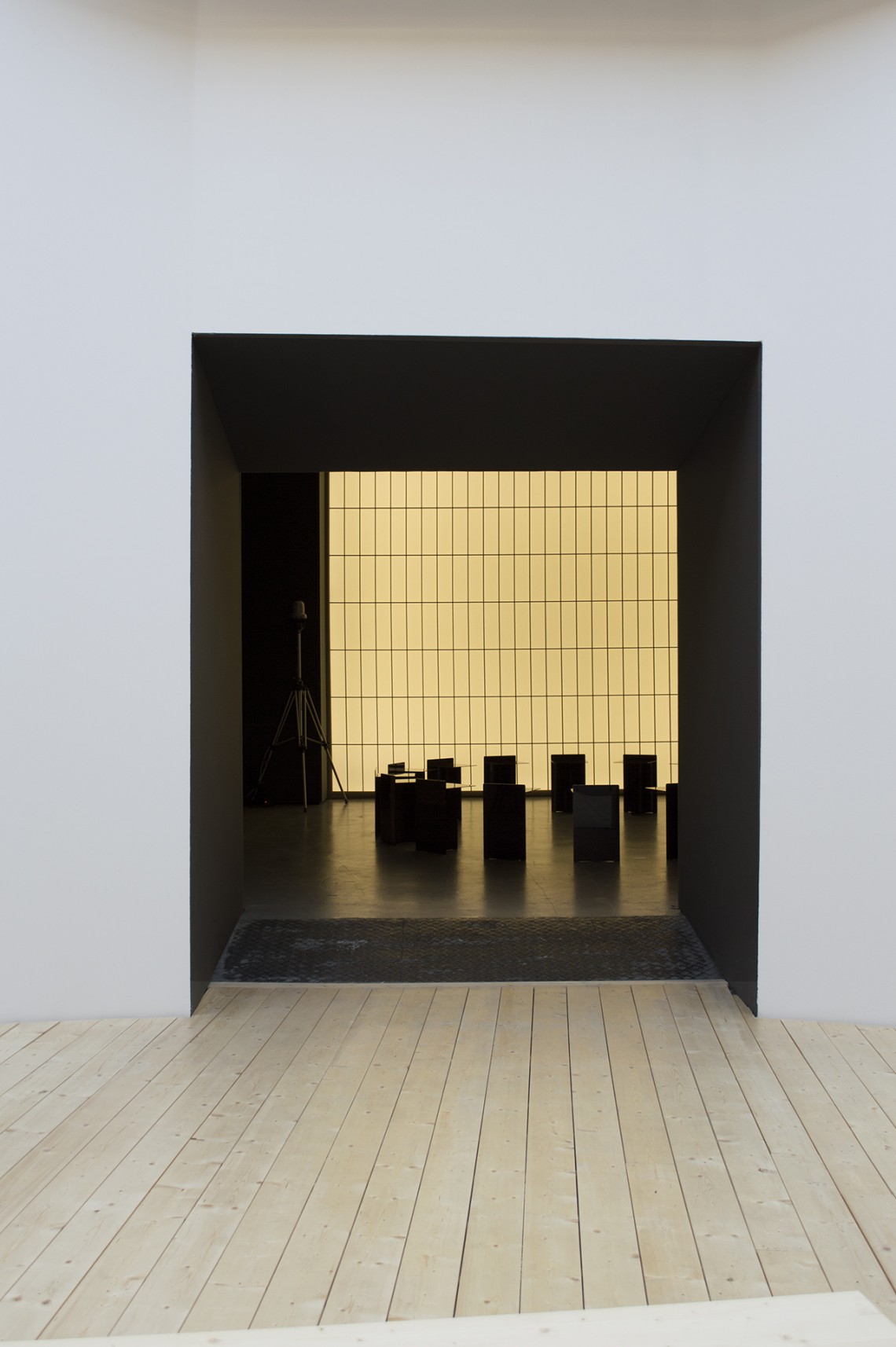
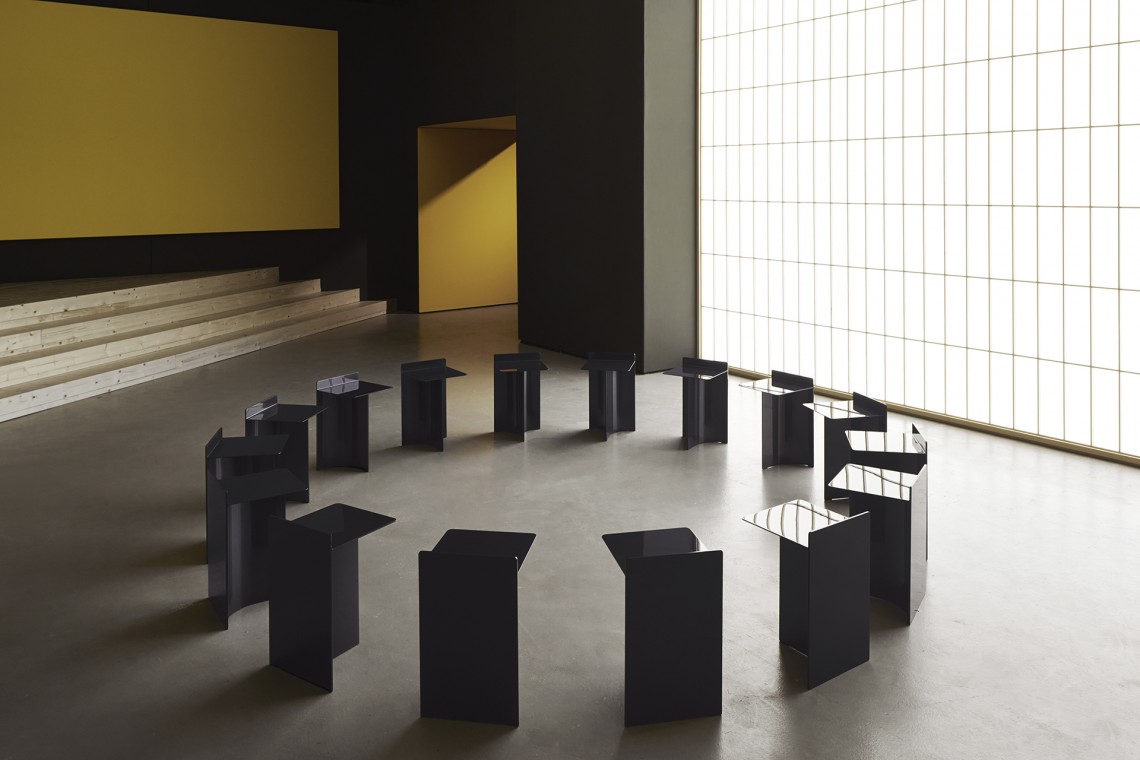
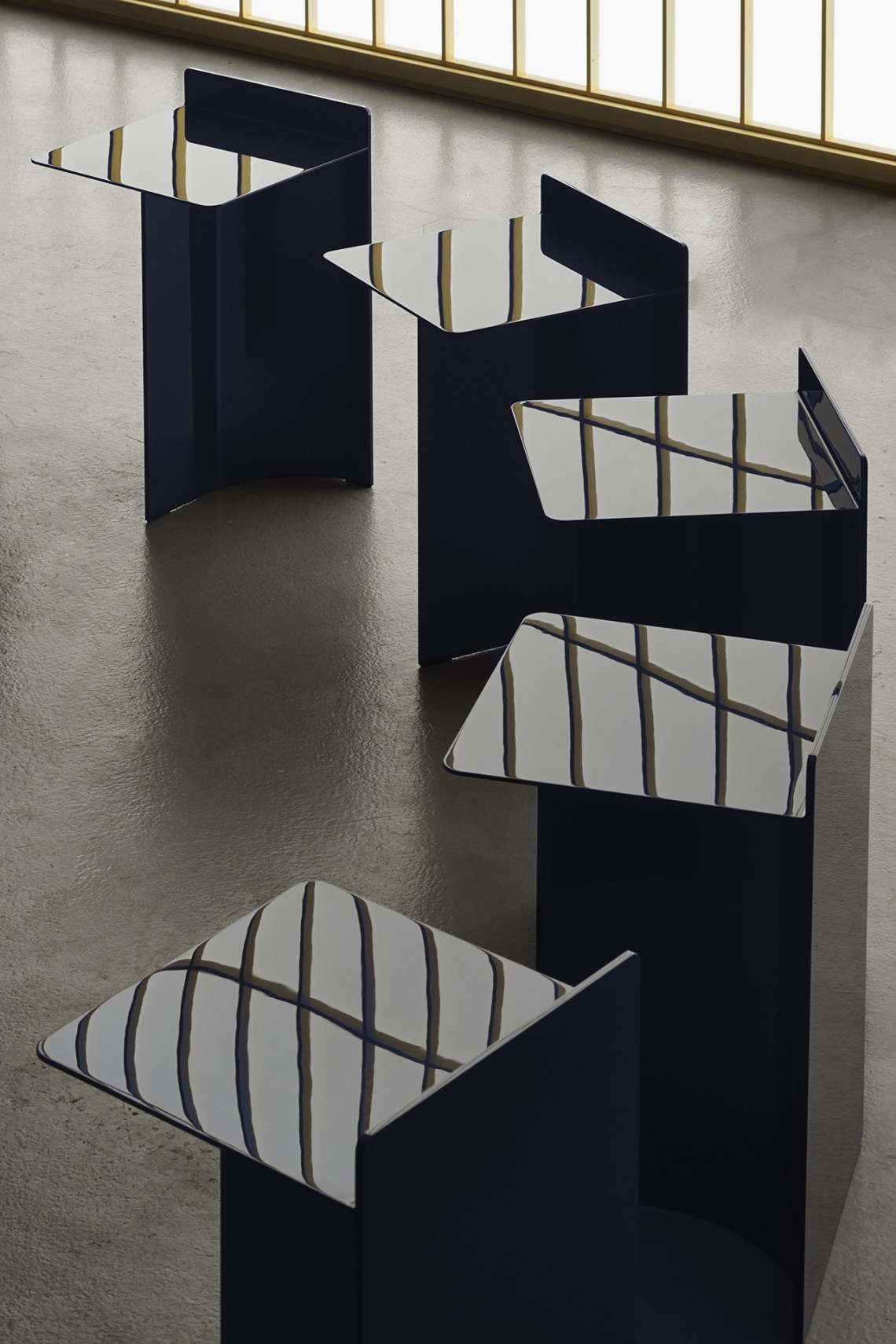
after visiting lexus in japan and learning more about the company, the designers based the design of the installation for the third space on lexus’ legacy, which can be traced back to japan’s early mechanized textile industry. as an homage to these beginnings, a loom-like machine pulls and releases thousands of threads that, when stretched, recreate a three-dimensional outline of the lf-fc.
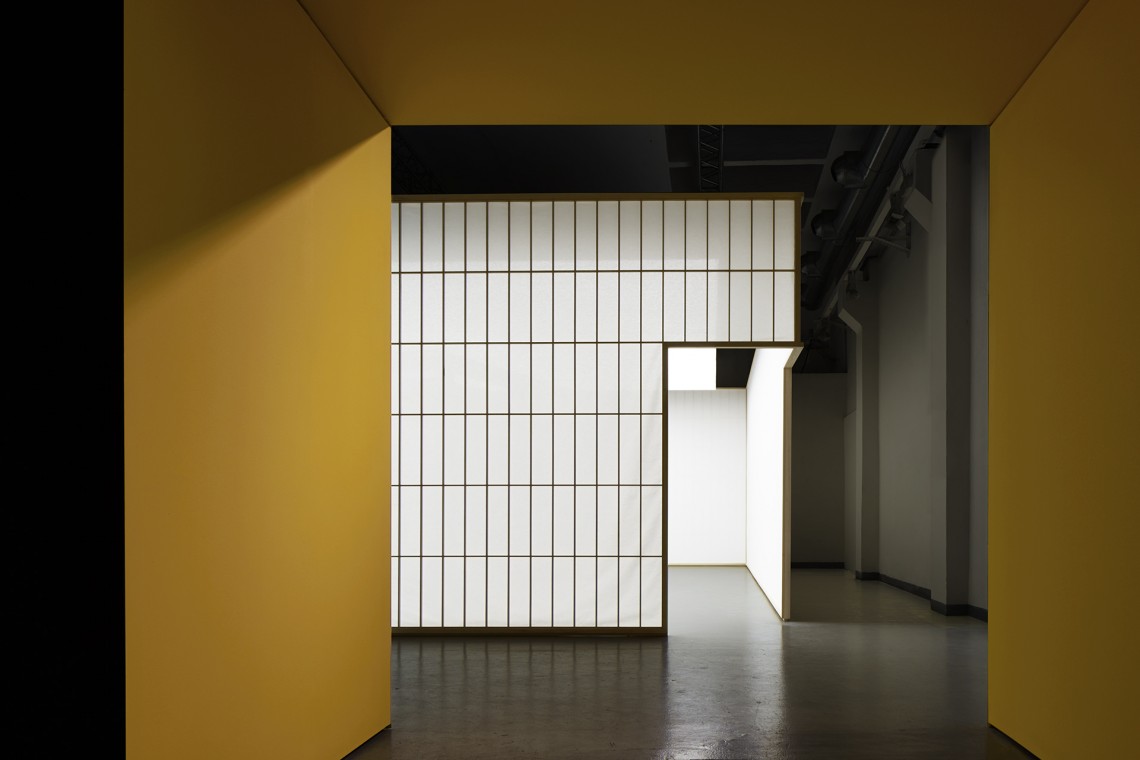
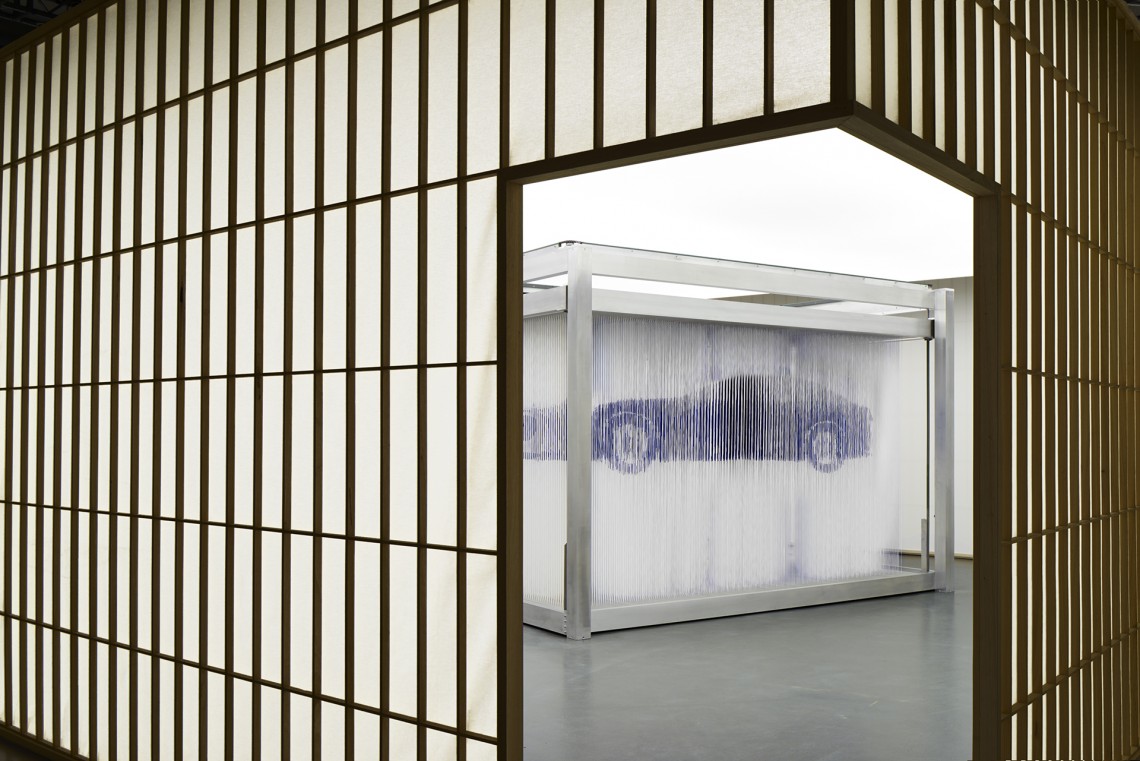
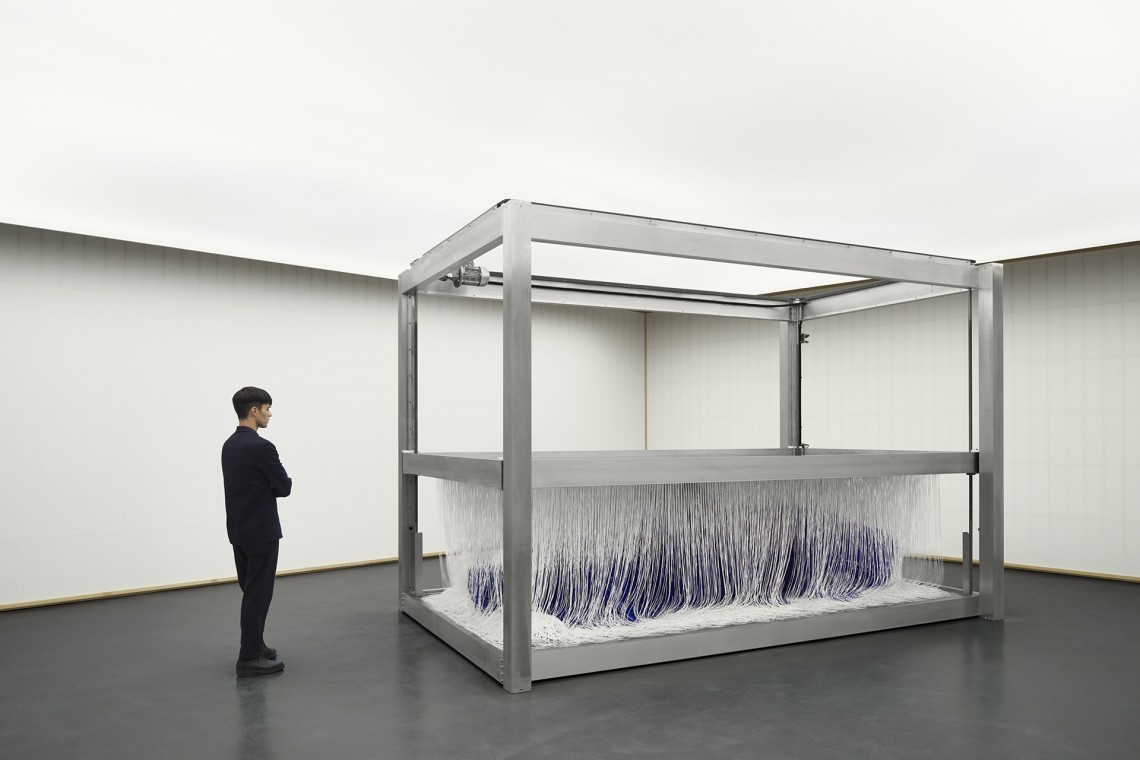
in terms of materials, the installations mix contemporary finishes, such as car paint, cast resin and stainless steel, with more traditional materials such as cotton fabric and pine wood. the industrial interiors of the space are softly illuminated using several light boxes referencing traditional japanese architecture.
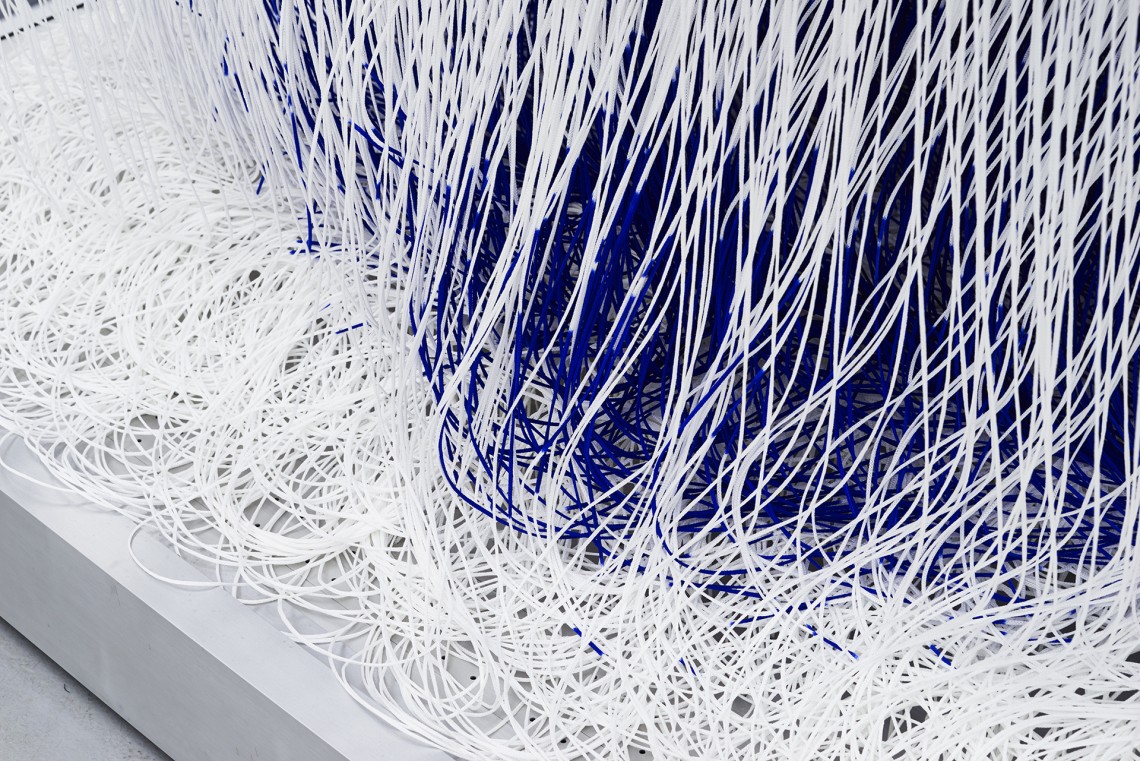
since its debut in 1989, lexus has earned a worldwide reputation for high-quality products and exemplary customer service. lexus is the hybrid leader among luxury brands, offering products that provide the best in innovative technology and premier luxury.
where> spazio lexus torneria / via tortona 32
photo credits> lexus




